The "ranch house" of Adolph Camarillo is really a Victorian mansion—built in the Queen Anne style by the architecture duo Herman Anlauf and Franklin ("F. P.") Ward in 1892.

I'd seen it once, at night, at Christmastime, back in 2018—but I knew I had to go back and see it in the broad daylight.

It's also known as the Rancho Calleguas House, after the former Mexican land grant that dated back to 1837 and that was sold to Adolfo Camarillo's father Juan in 1876. Adolfo and his brother Juan Jr. inherited it in 1891.
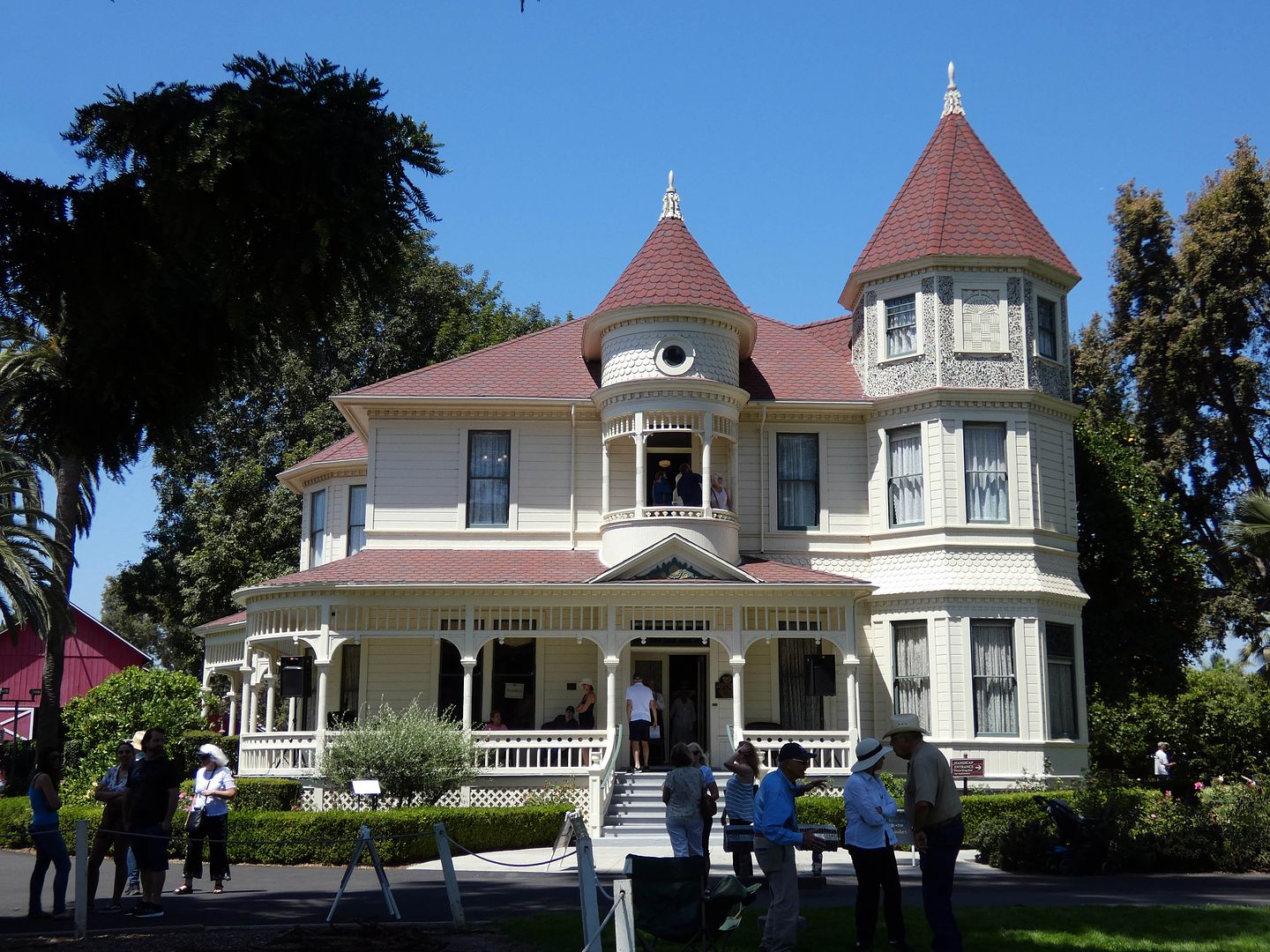
Along with his brother Juan, Jr., Adolfo continued his father's legacy in land development—and eventually founded the Ventura County town of Camarillo, California (though it wasn't officially incorporated until 1964).
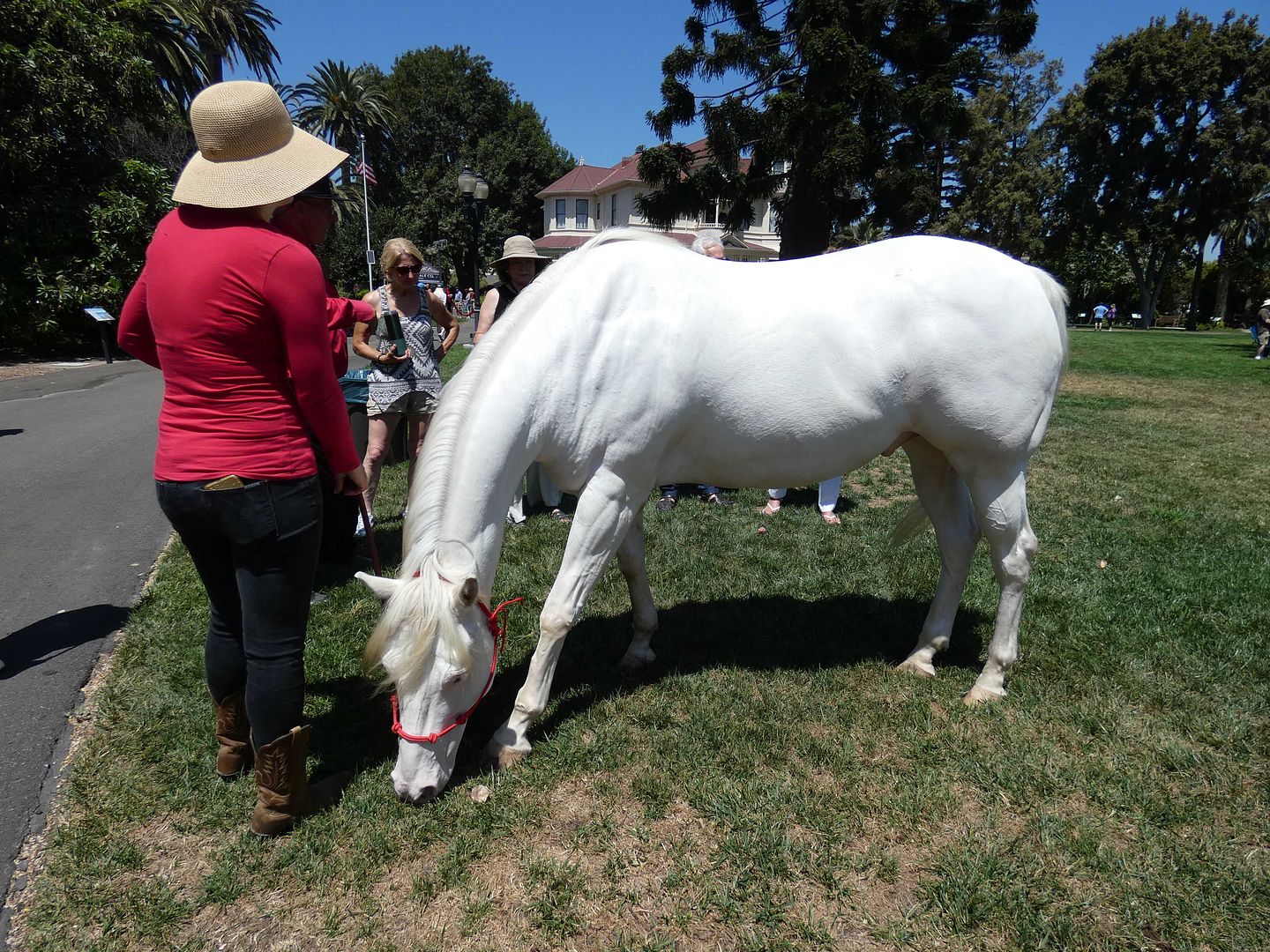
He also bred his namesake "Camarillo White Horses"—a rare equine born with white hair and pink skin that all share a scientifically-proven genetic trait in their DNA.
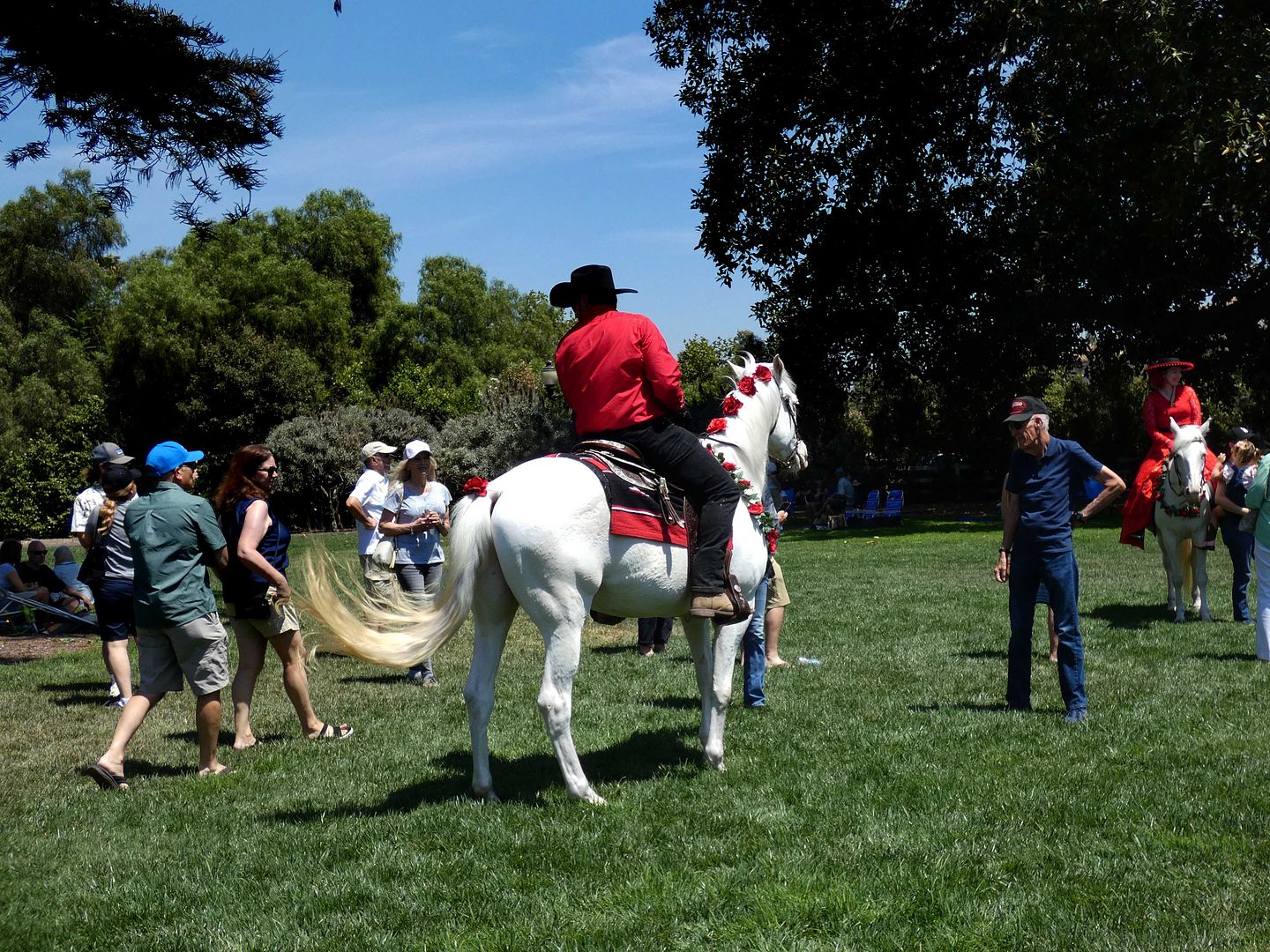
The Camarillo White Horses may be even more famous than Camarillo himself—having descended from the rancher's prized Spanish blood white stallion, Sultan, purchased for $500 at the California State Fair in Sacramento in 1921. Sultan died in 1935 at the age of 20, but he left a long legacy of Camarillo Whites he sired.
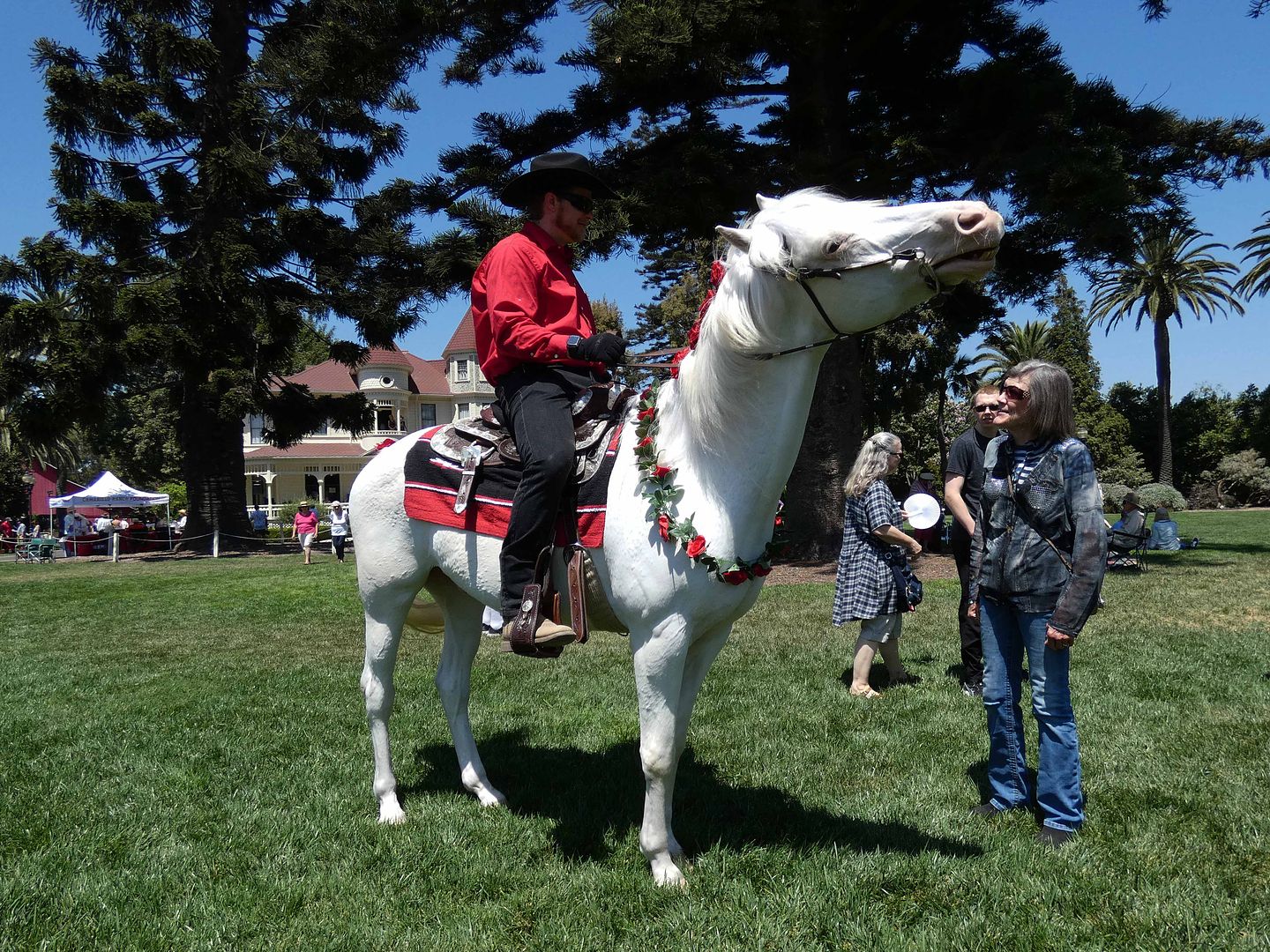
The horses' widespread popularity grew as they marched in the Rose Parade, the opening ceremonies of the 1932 Summer Olympics in LA, the opening of the Oakland Bay Bridge in 1936, and many editions of the Santa Barbara Fiesta Parade. In 1997, they became the official horse of the City of Camarillo.
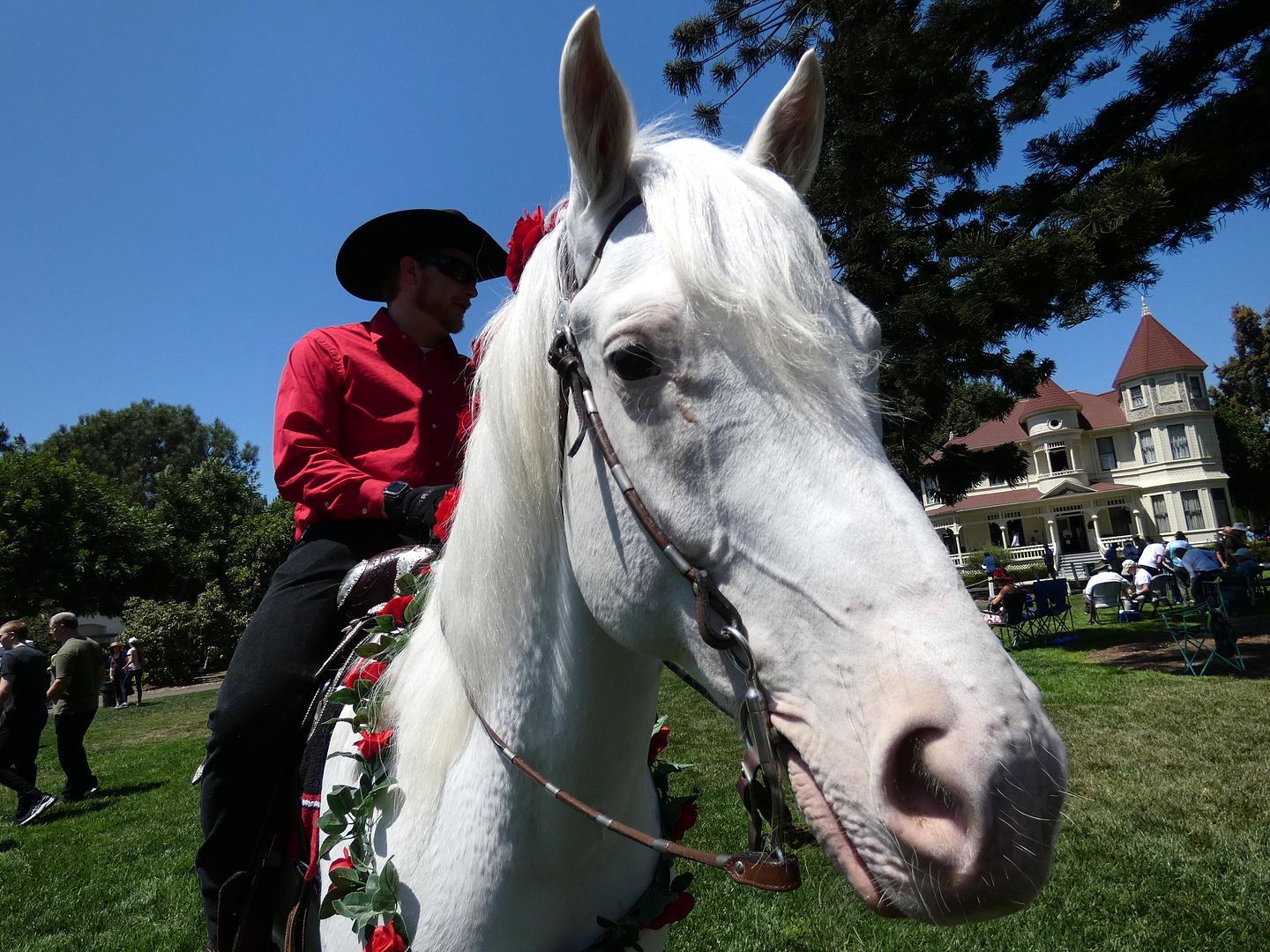
Most of their ancestors were auctioned off in the 1980s when "Don" Adolfo's daughter Carmen passed away—as was her dying wish.
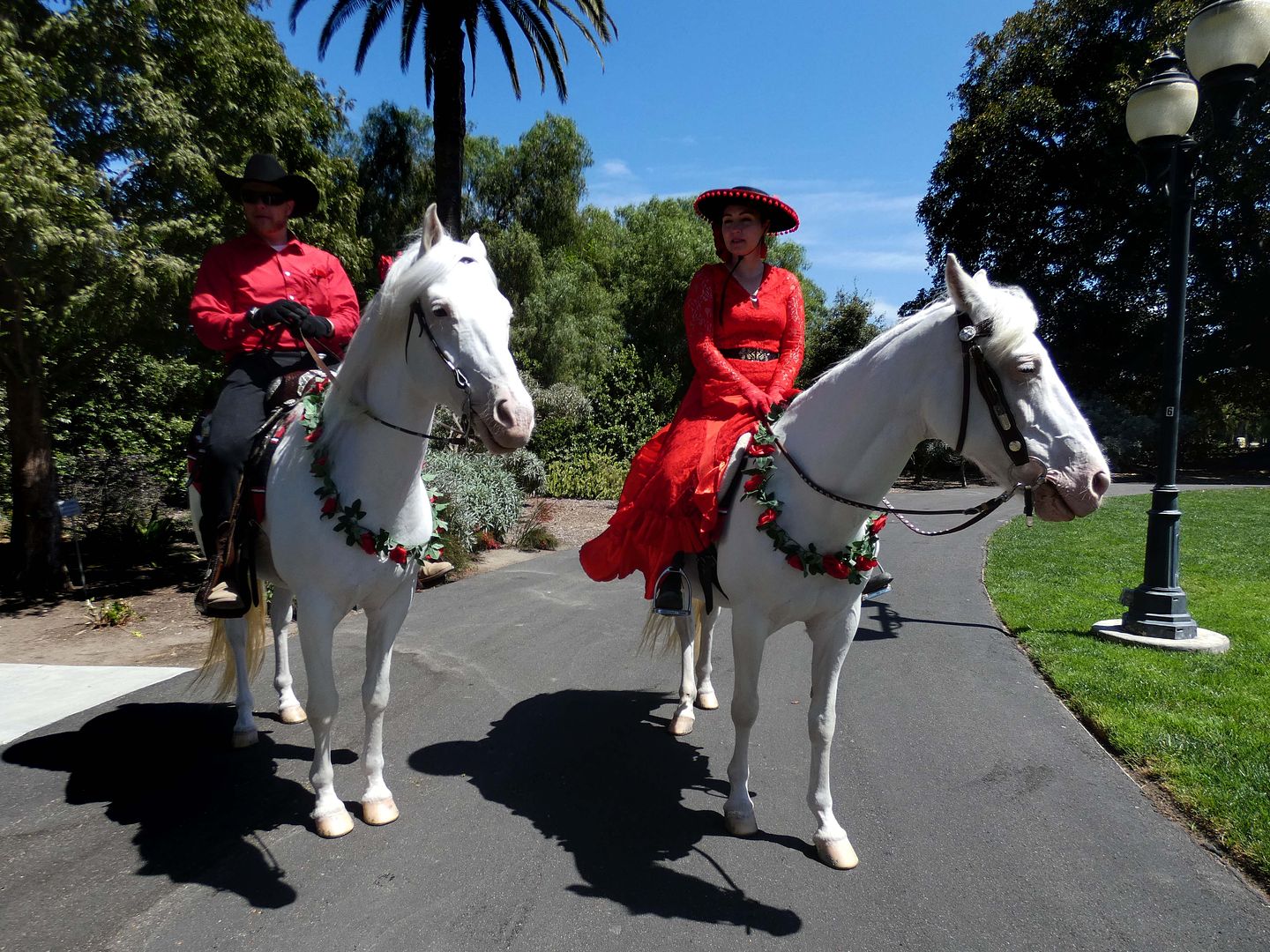
But one sire remained and was able to continue the bloodline—because fortunately, you don't need two white horses to make a Camarillo White. In fact, Sultan was originally bred with the ranch's Morgan horses, which are generally brown or black. But that means the success rate is less than 50%, and sometimes you get a brown or black horse foal, called "Heritage Horses."
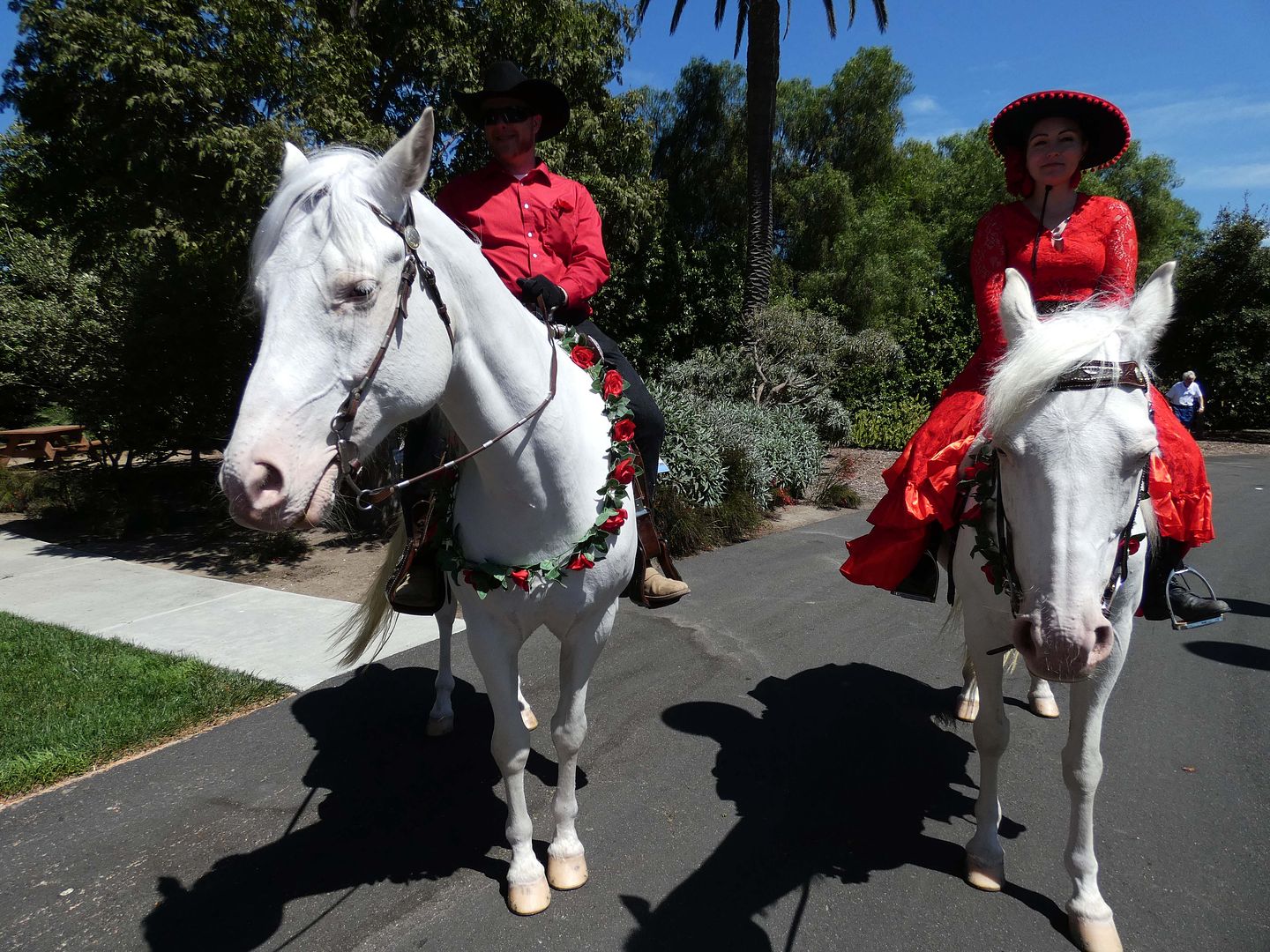
There are only 23 Camarillo White horses in existence today—and I finally got to meet Patriot (left, above), a gelding, and Princess Luna (right, above) after years of missing opportunities.
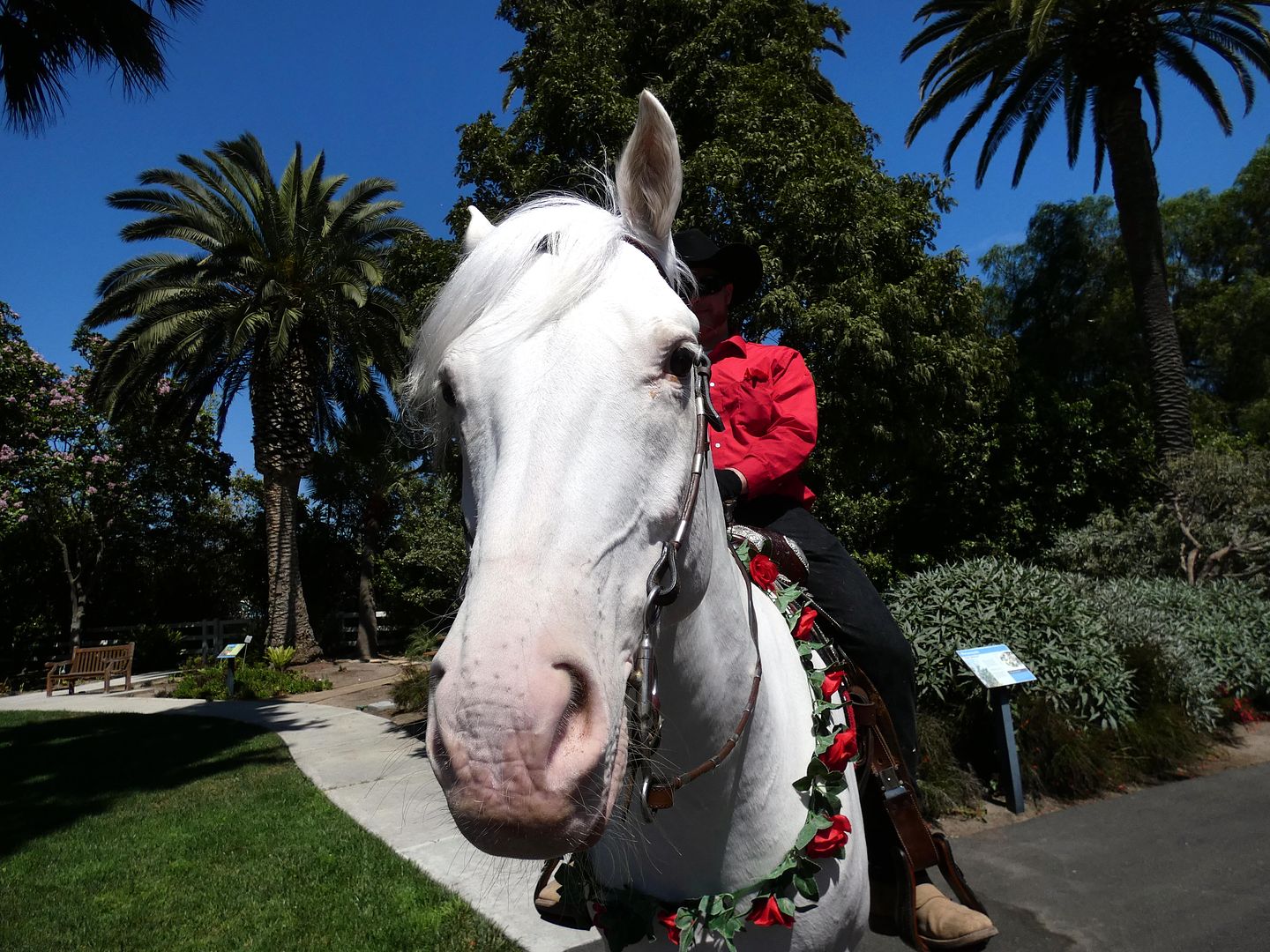
They usually only come out to Camarillo Ranch a couple of times a year—including Adolfo's annual birthday celebration in October.

With her one blue eye, Luna might not have met Adolfo's expectations for his white horses—but she's a pretty girl with a gentle, affectionate demeanor, so she's just perfect to me.
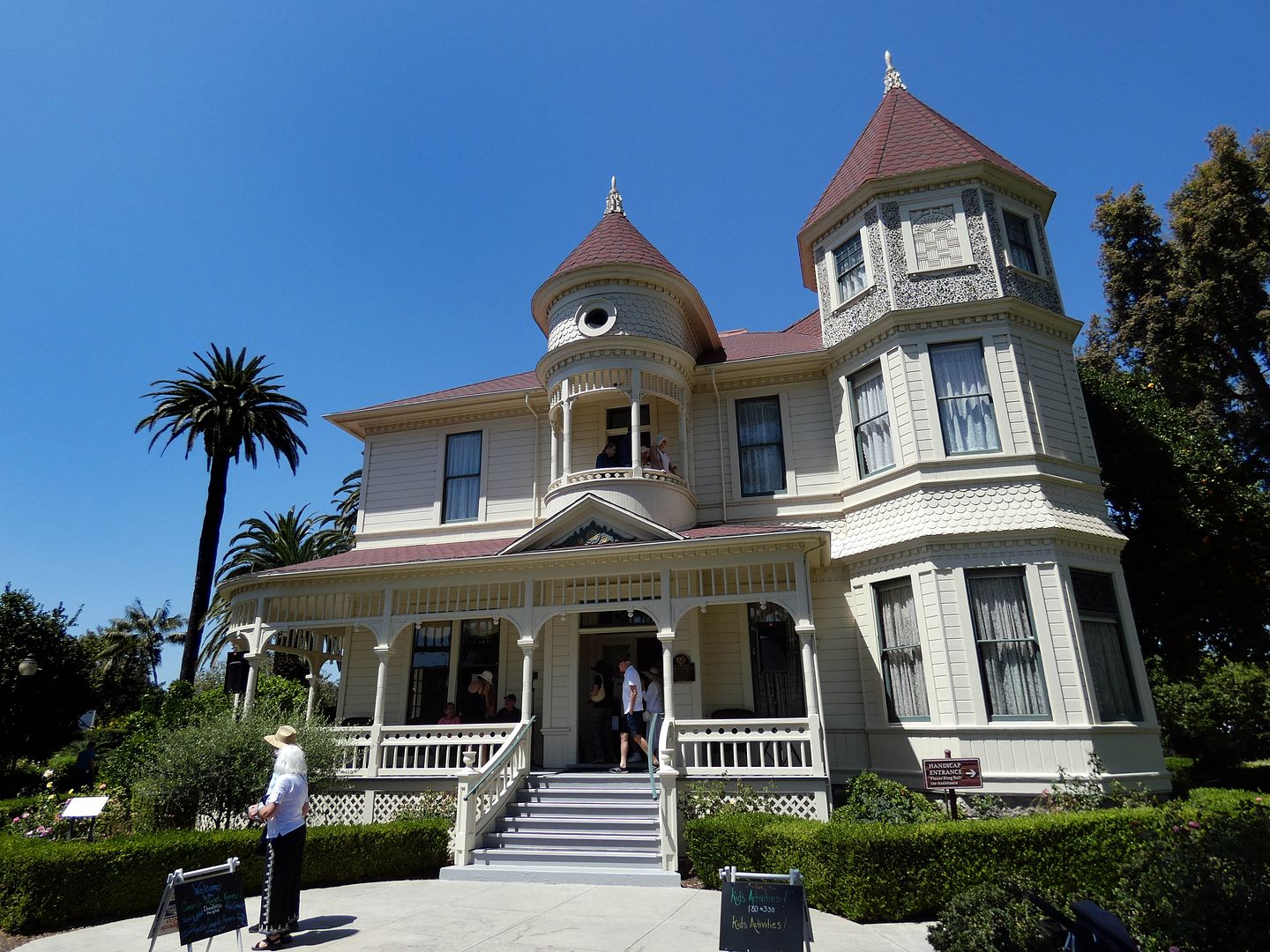
The Camarillo White horses no longer live at Camarillo Ranch—but are used by private owners elsewhere for ranch work, trail riding, dressage, mounted park rangers and search and rescue teams, and more.
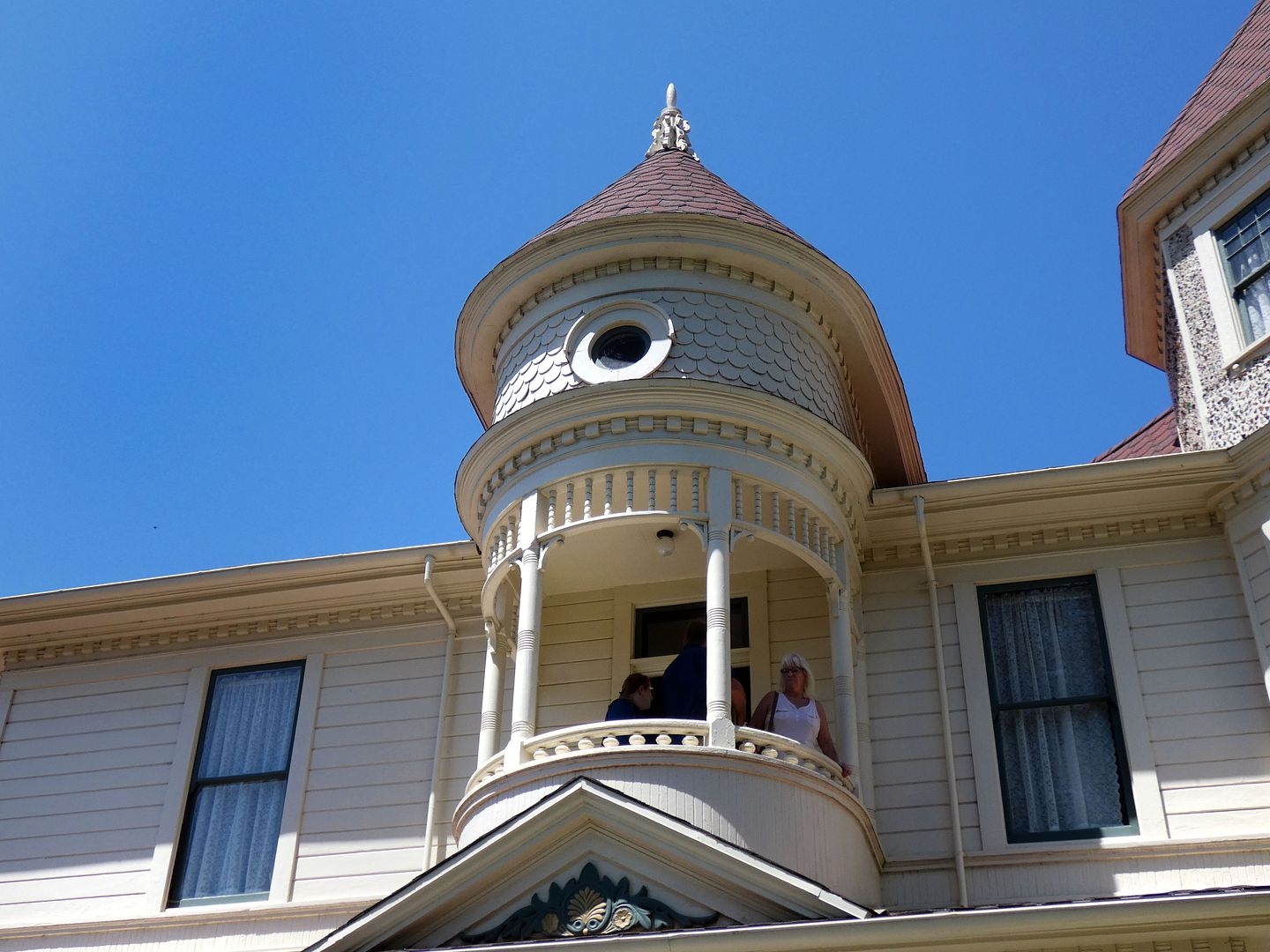
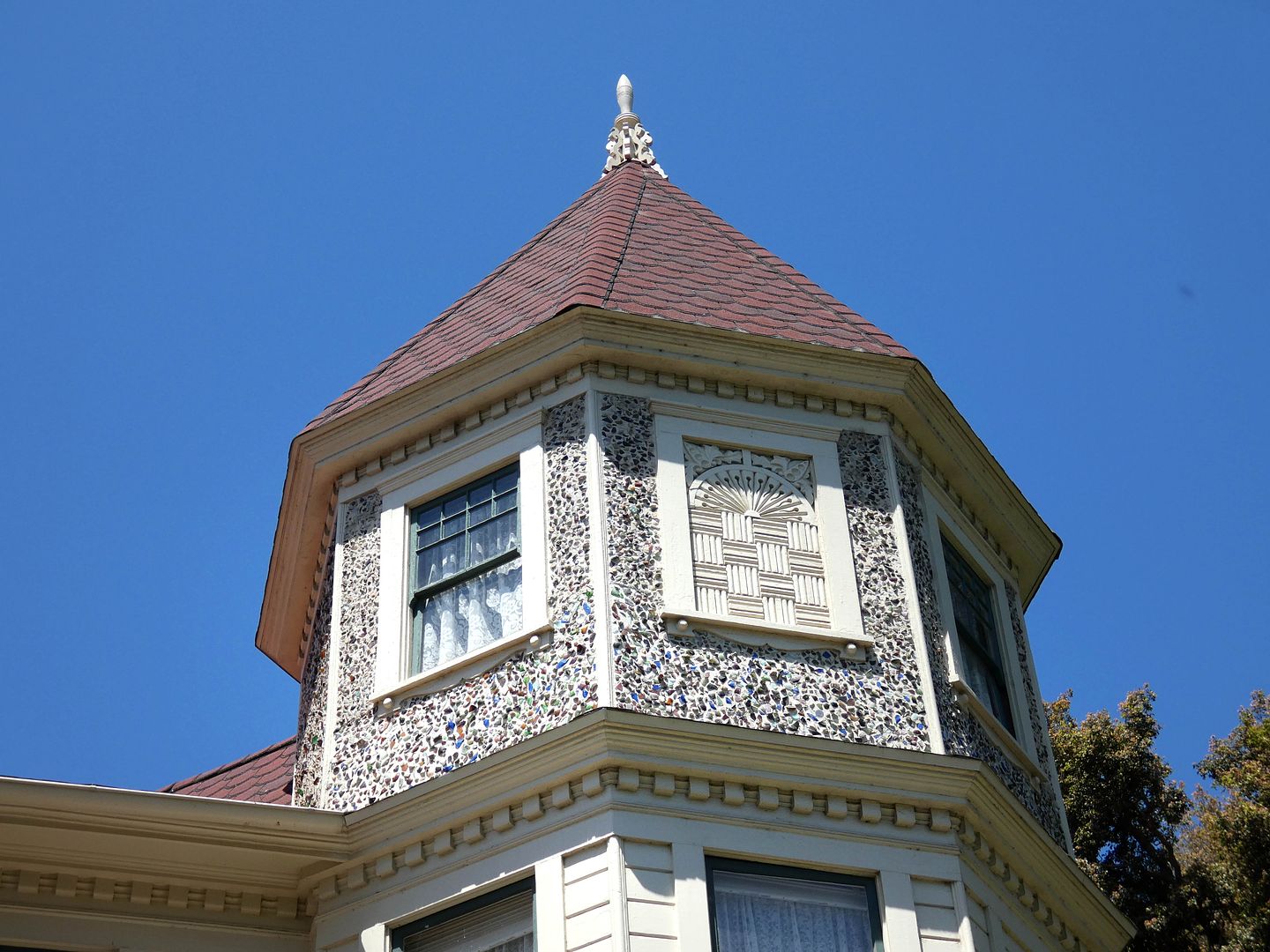
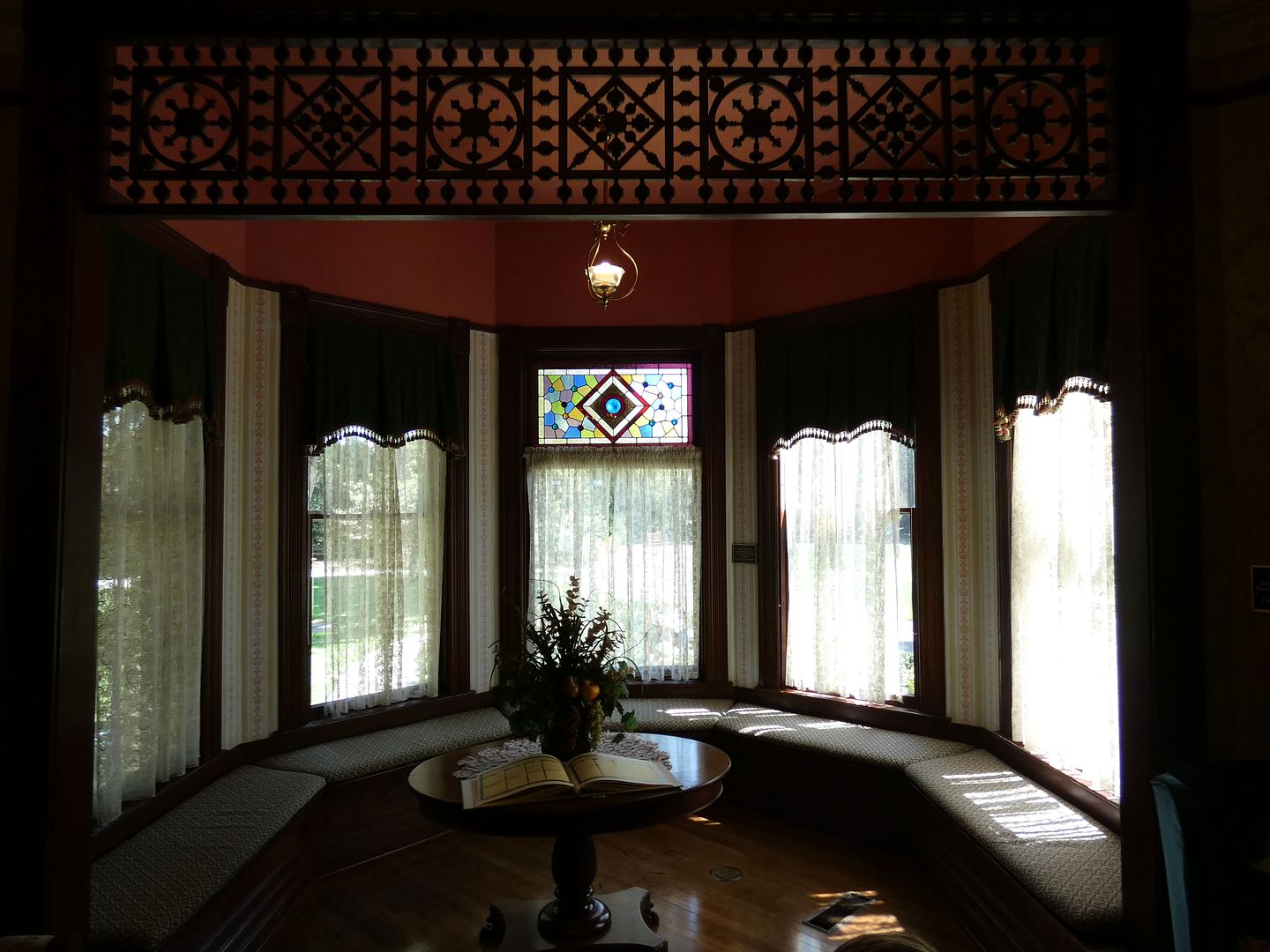
Inside the ranch house, I delighted in seeing its 14 rooms and their contents under the cast of daylight...
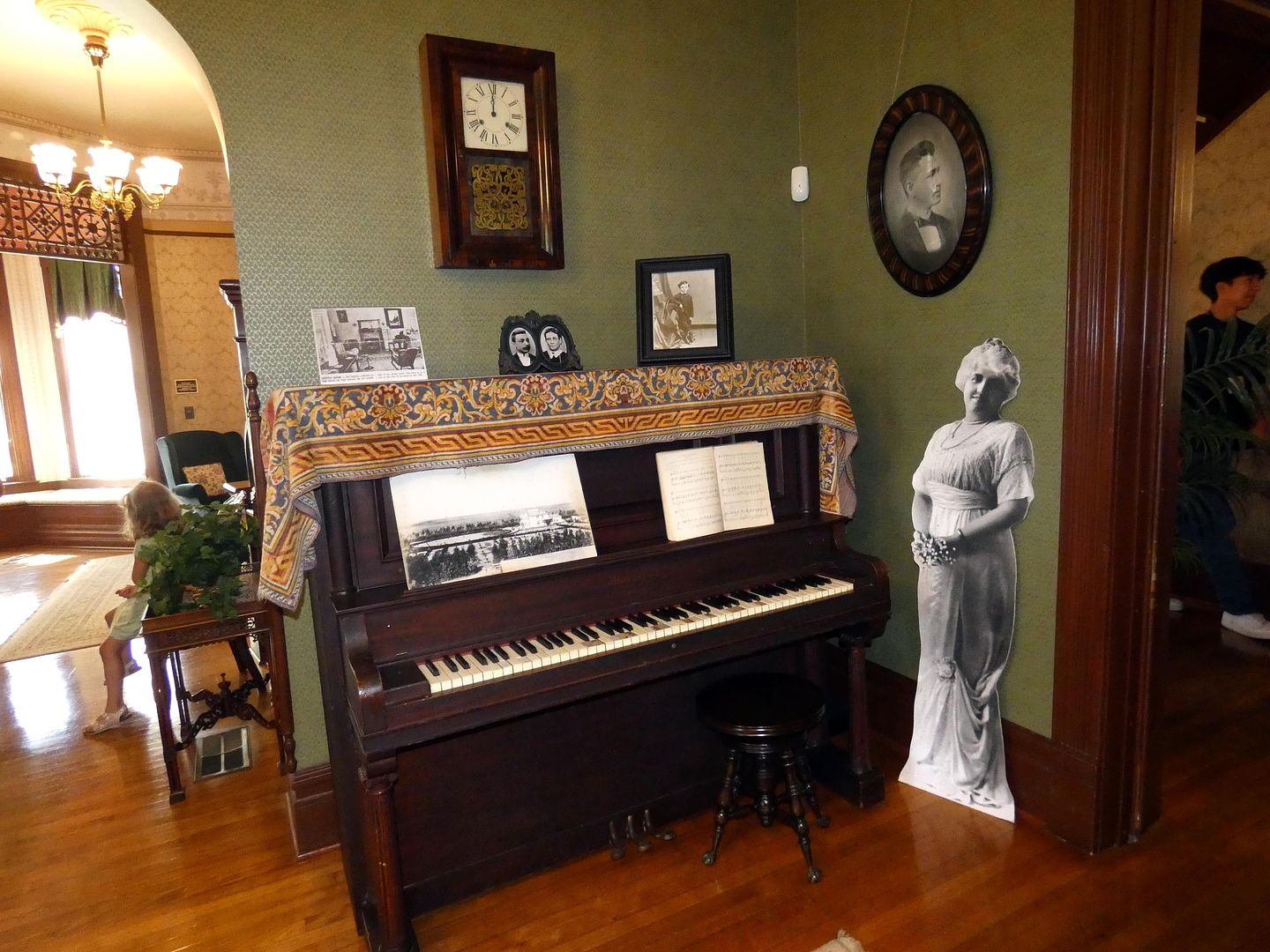
...including the organ in the parlor...
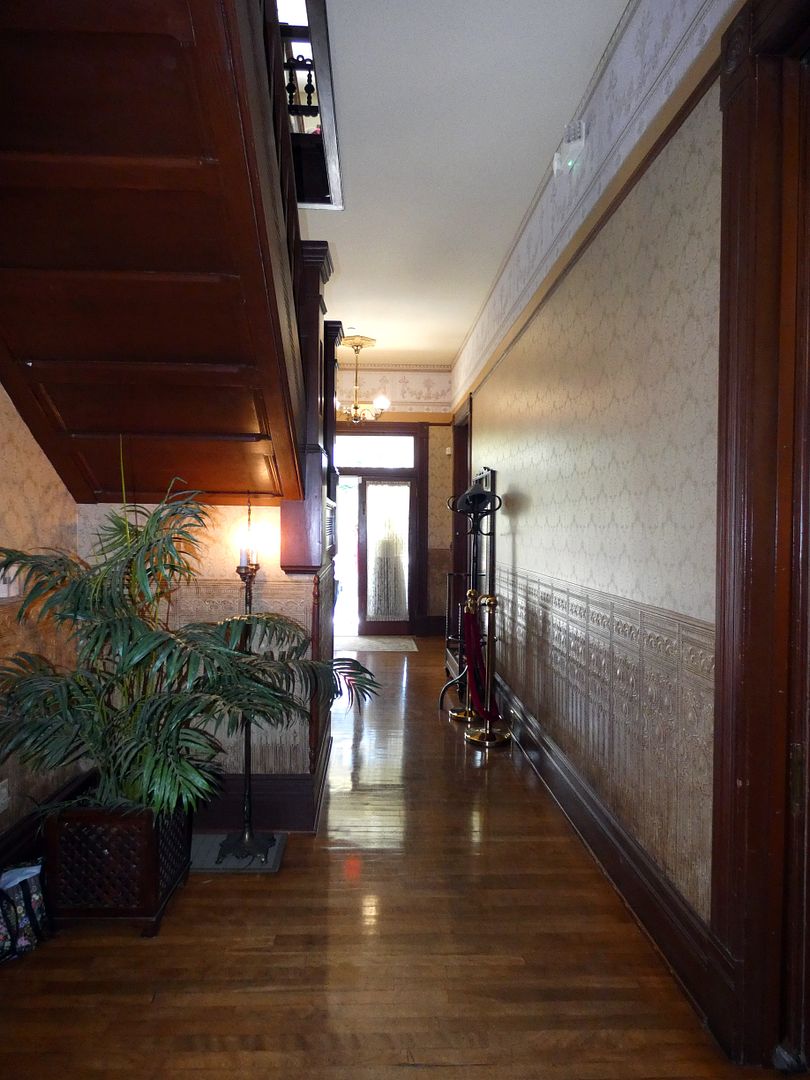
...and the central hallway...
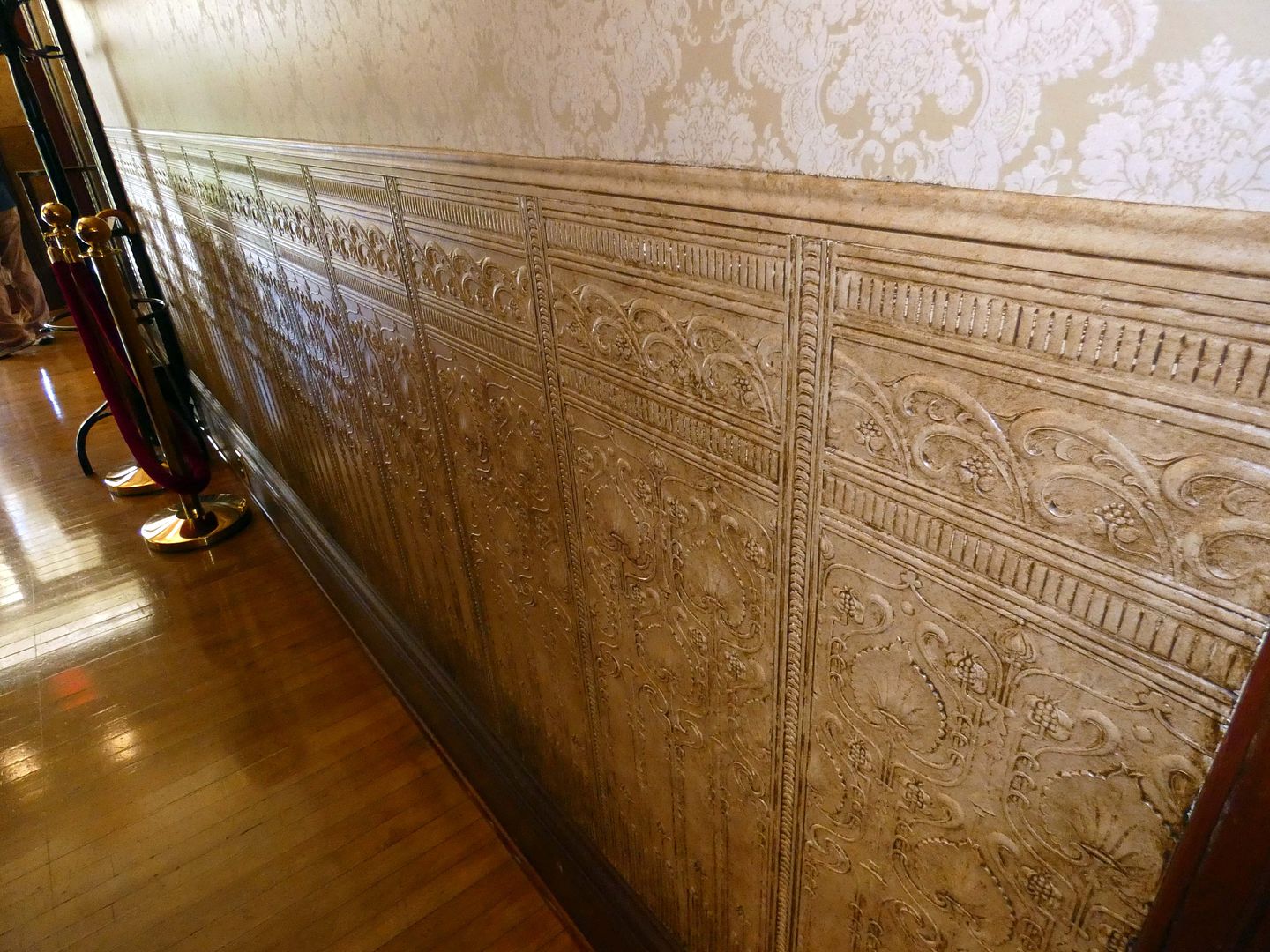
...with its Lincrusta wallpaper, replaced during the house restoration of 1999-2000.
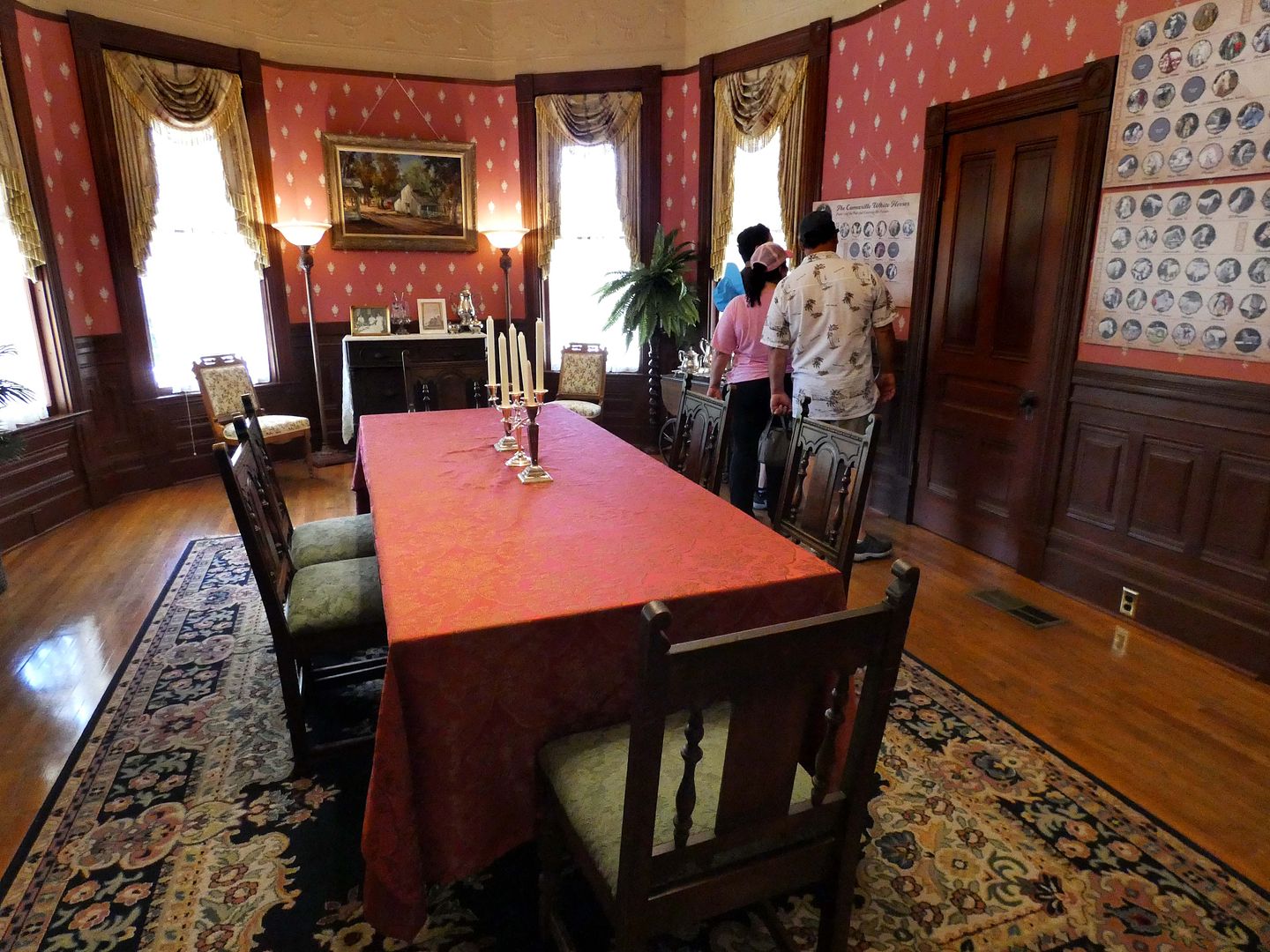
Now that the Camarillo Ranch house functions as a museum, the formal dining room is devoted to the history of the Camarillo White horses.
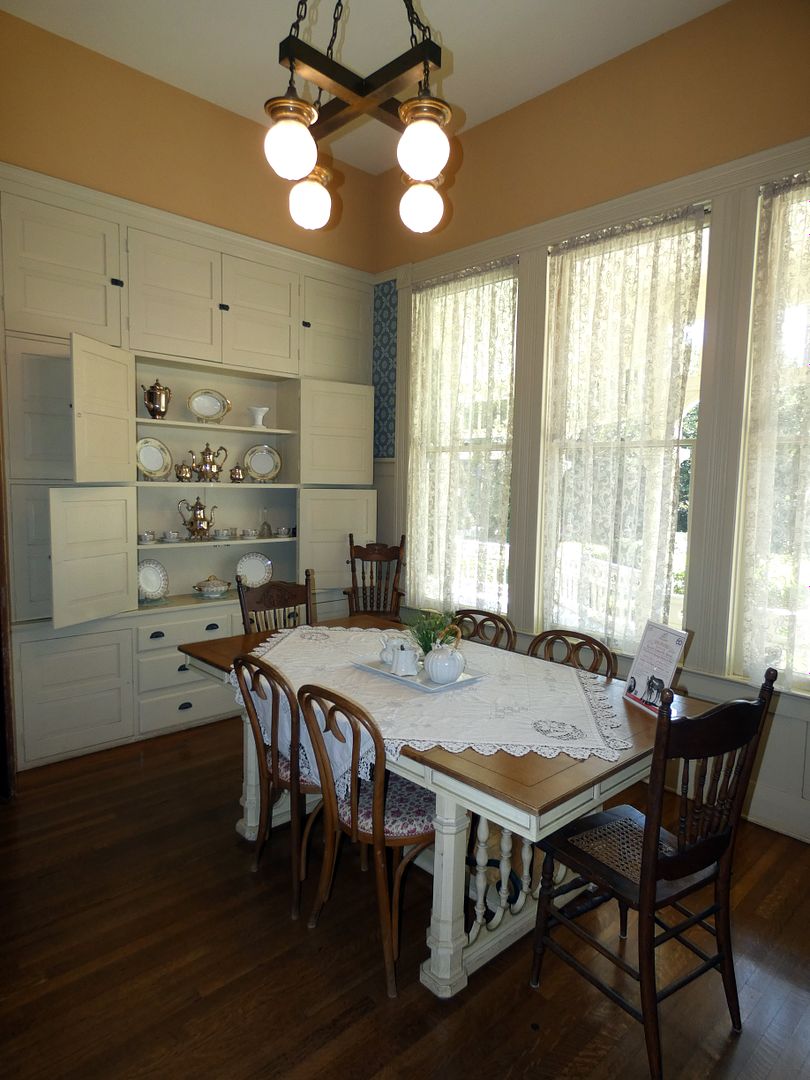

Other rooms, like the Breakfast Room, have been staged as a recreation of what it would've been like in Adolfo's time.

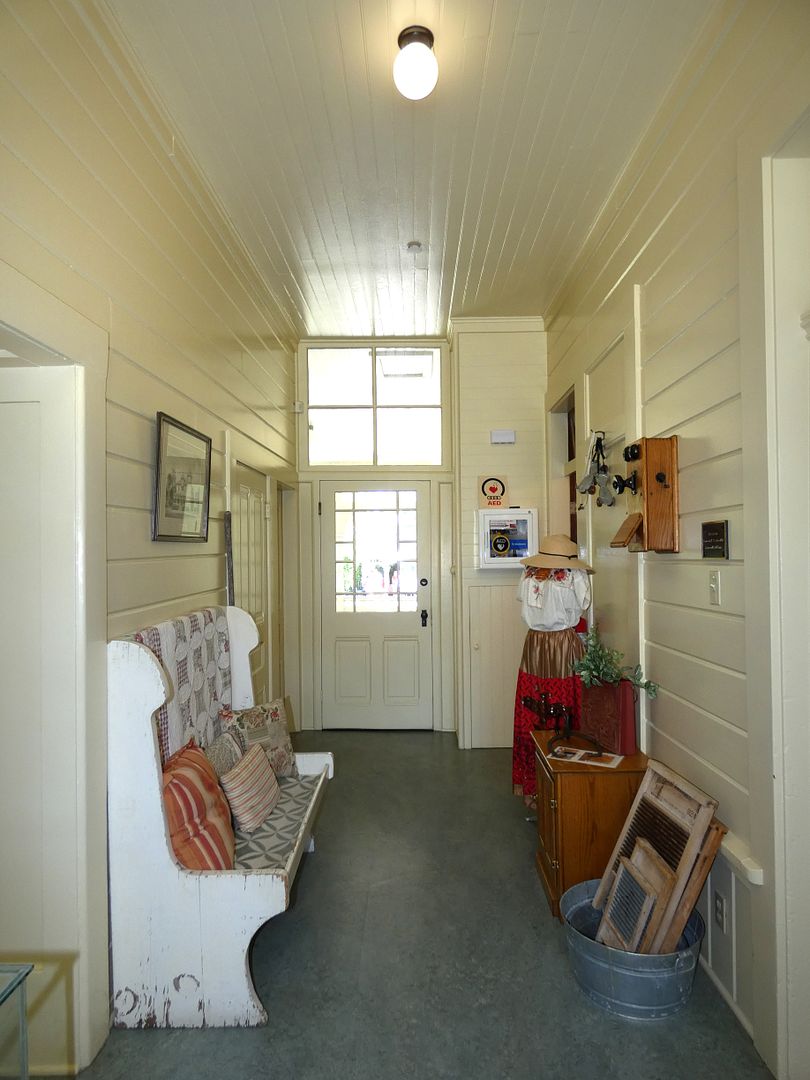
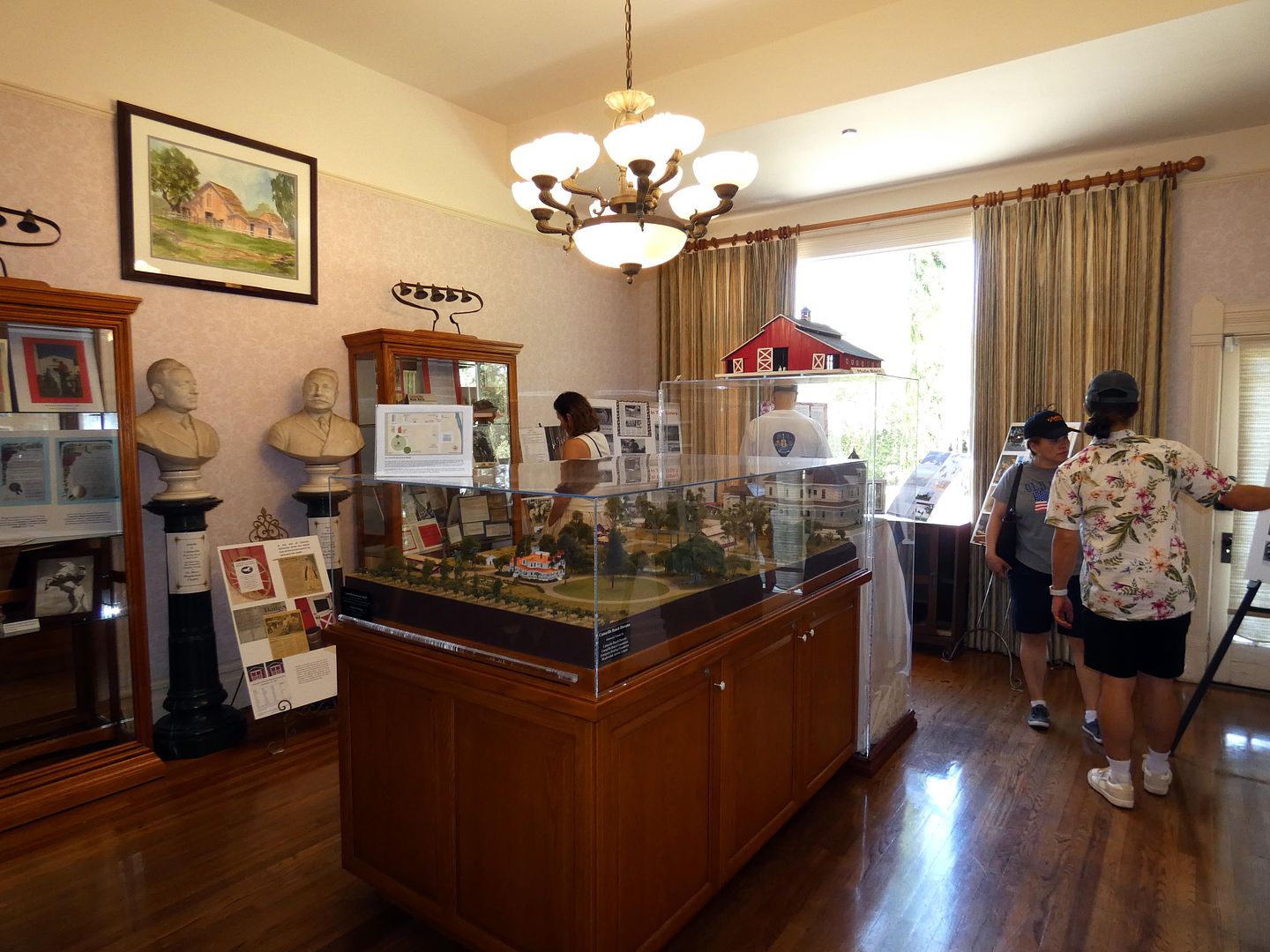
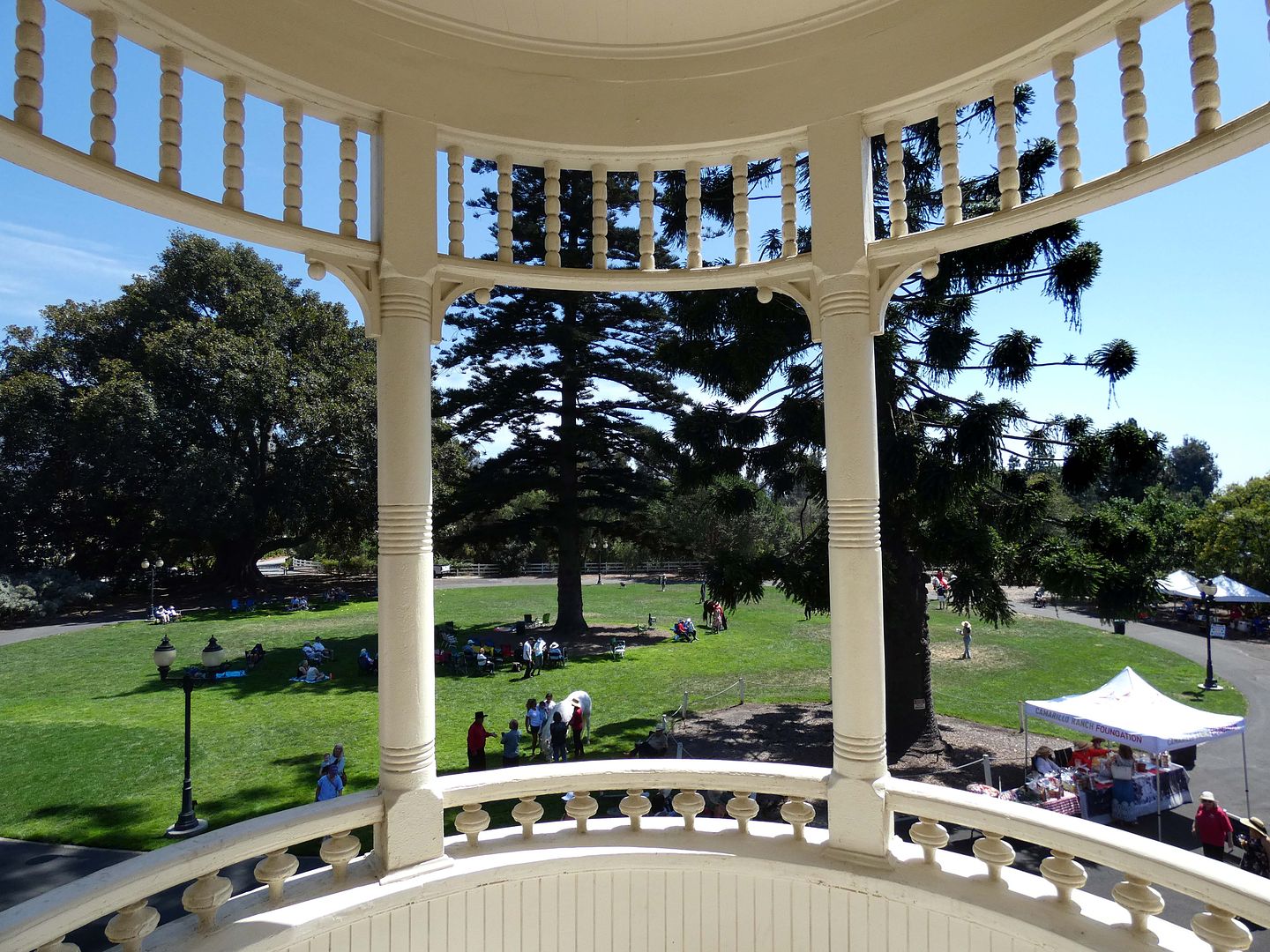
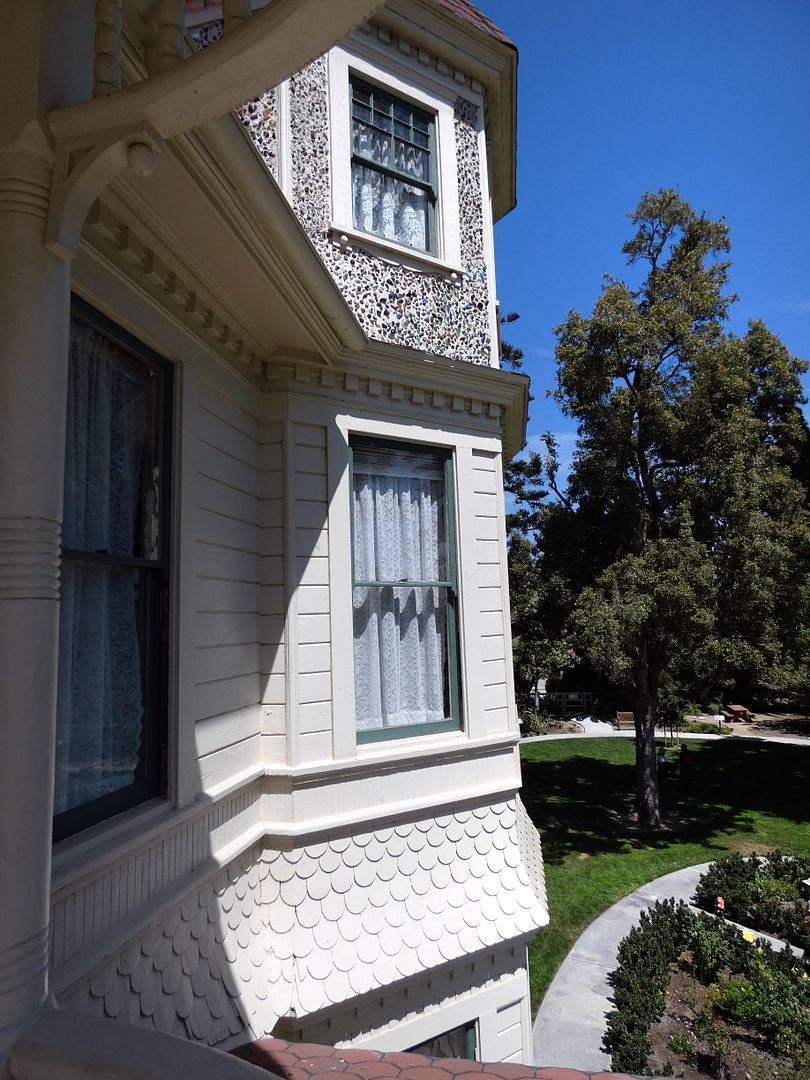
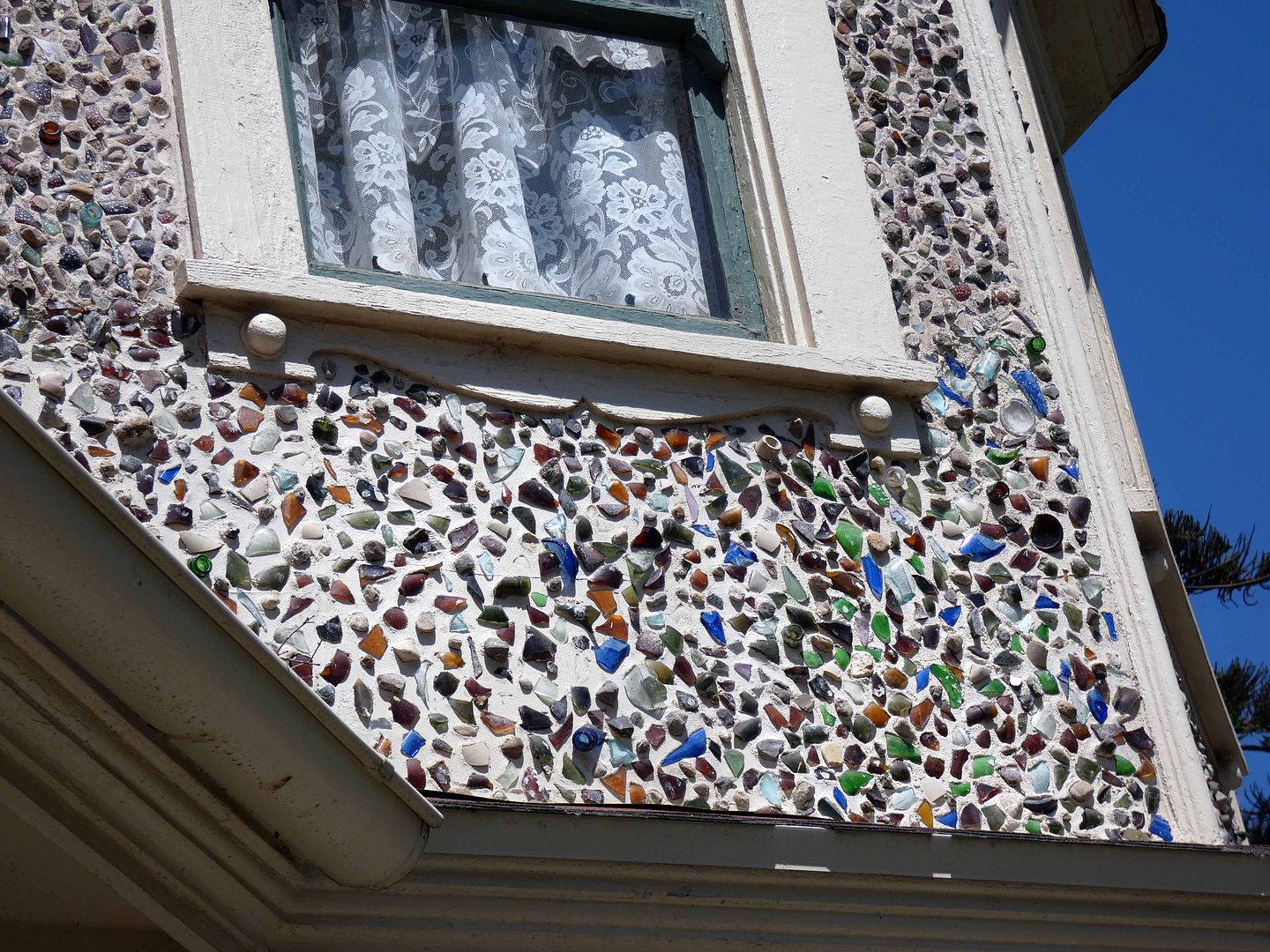

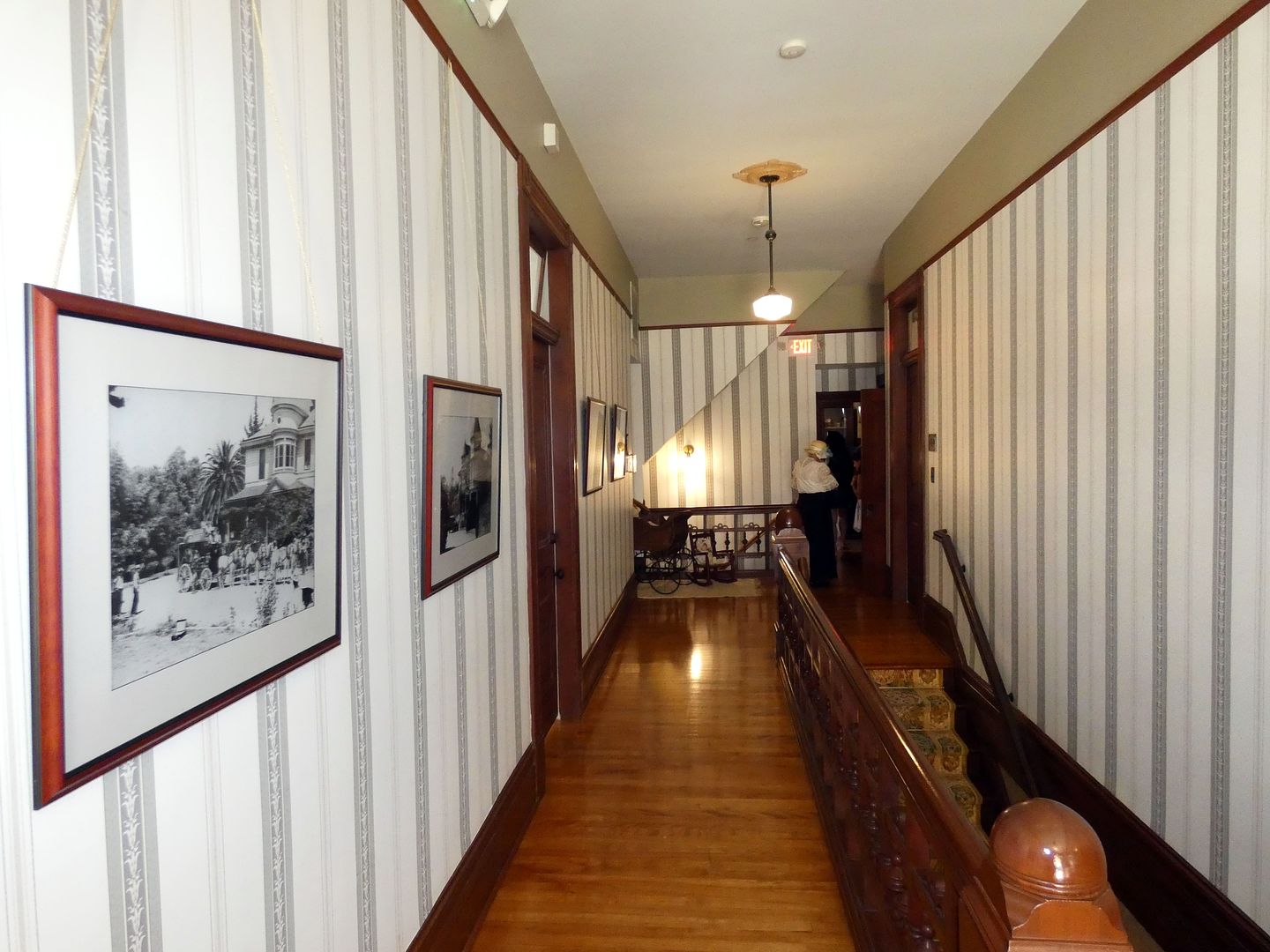

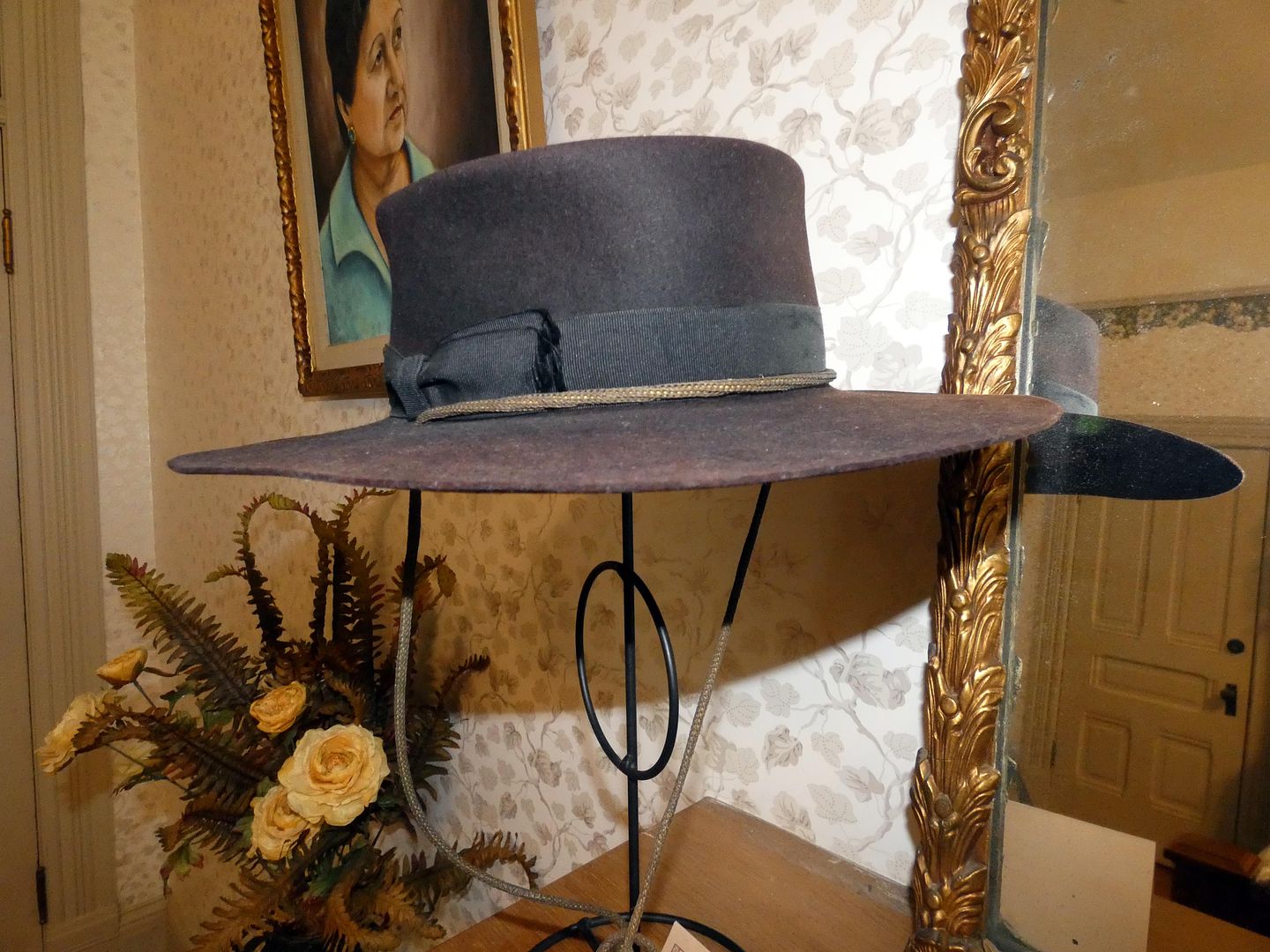
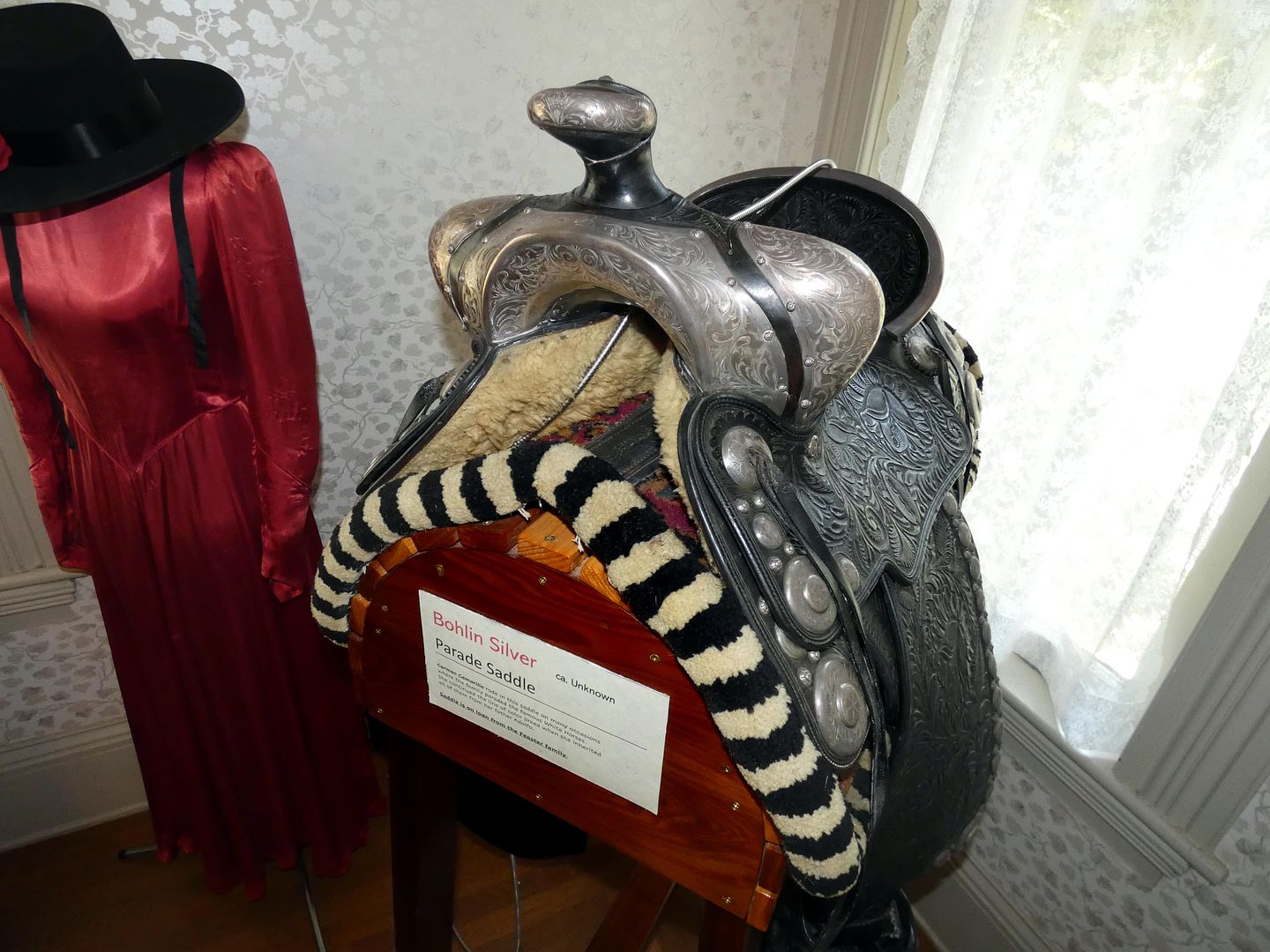
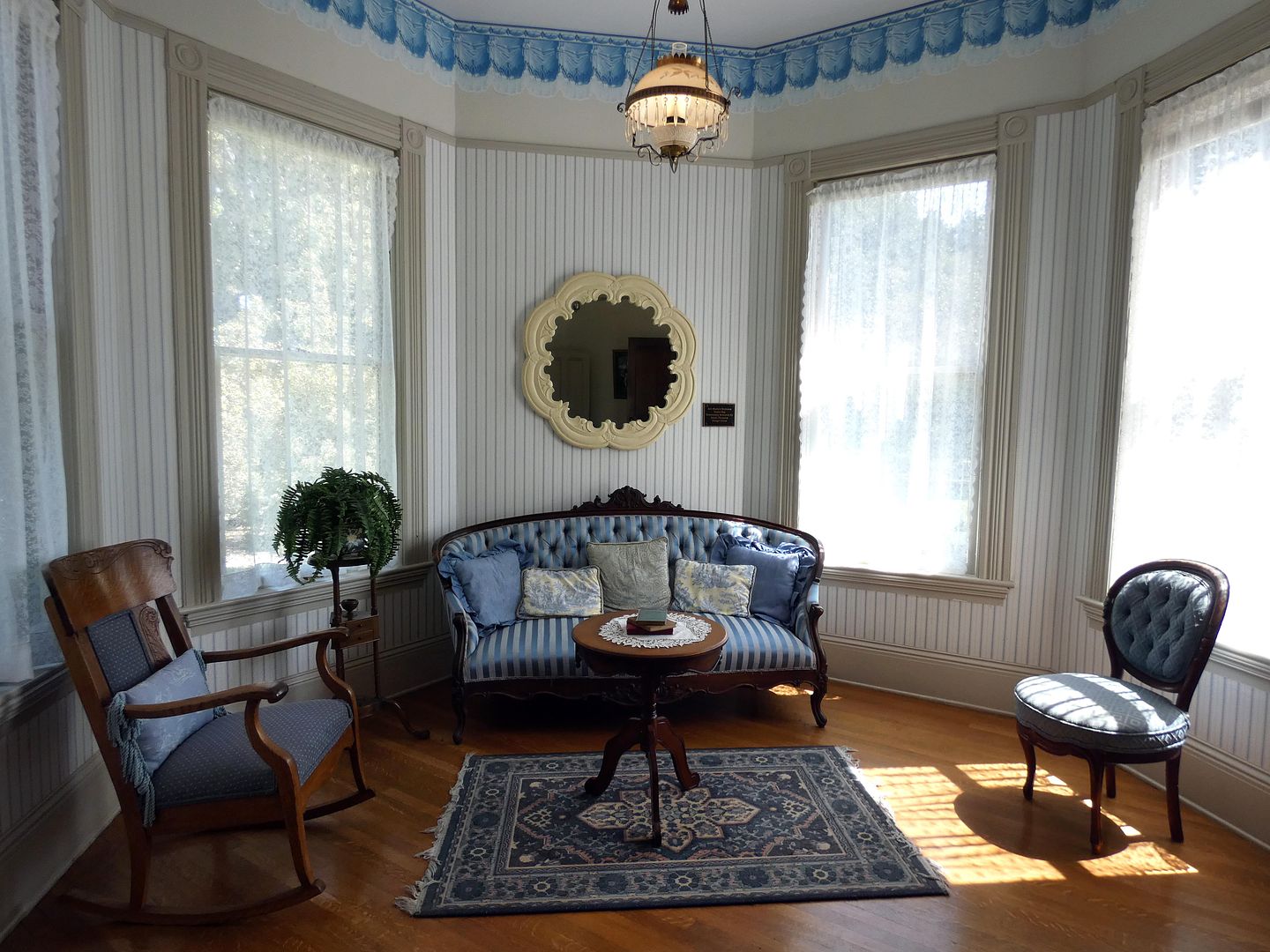
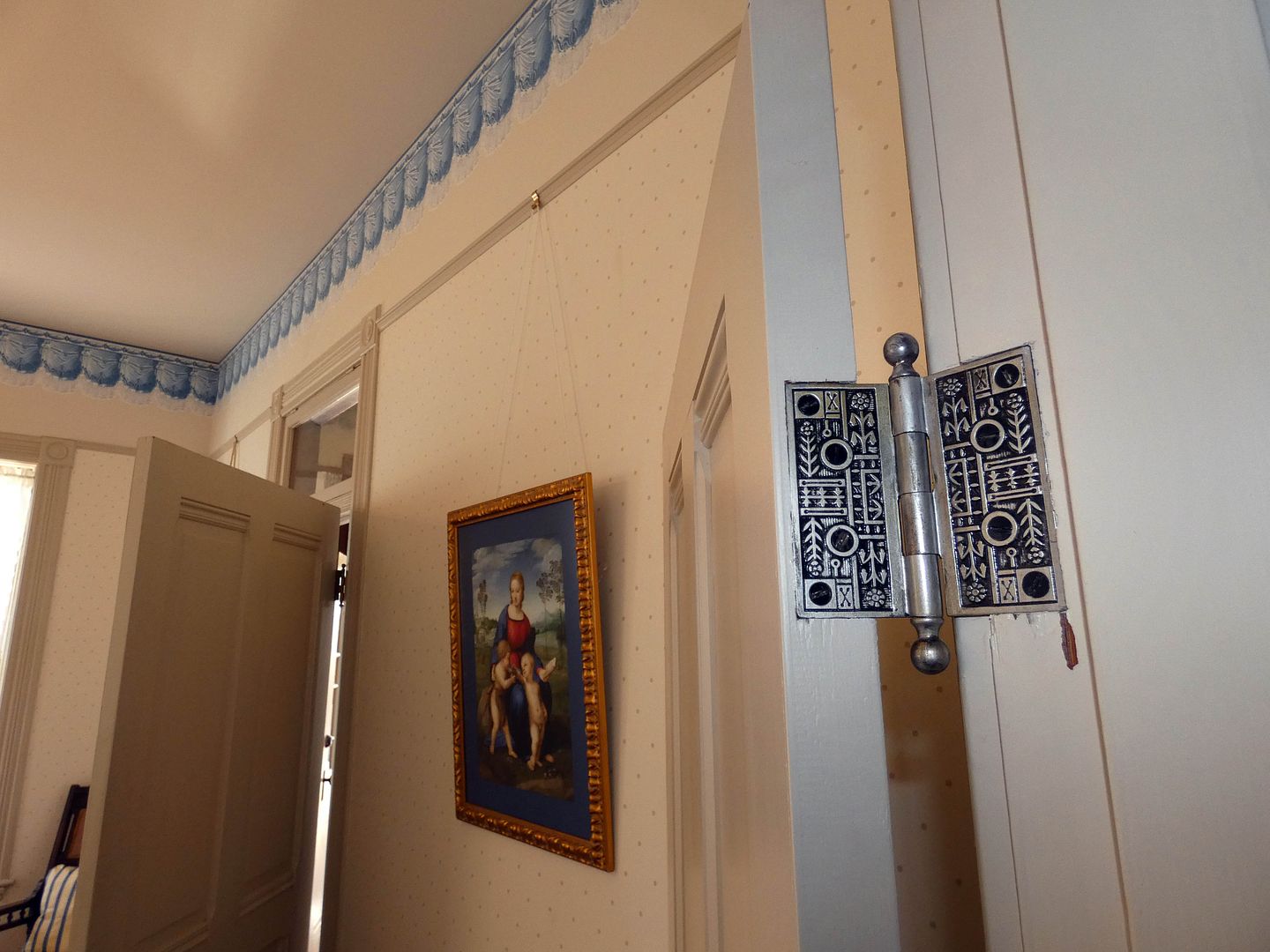
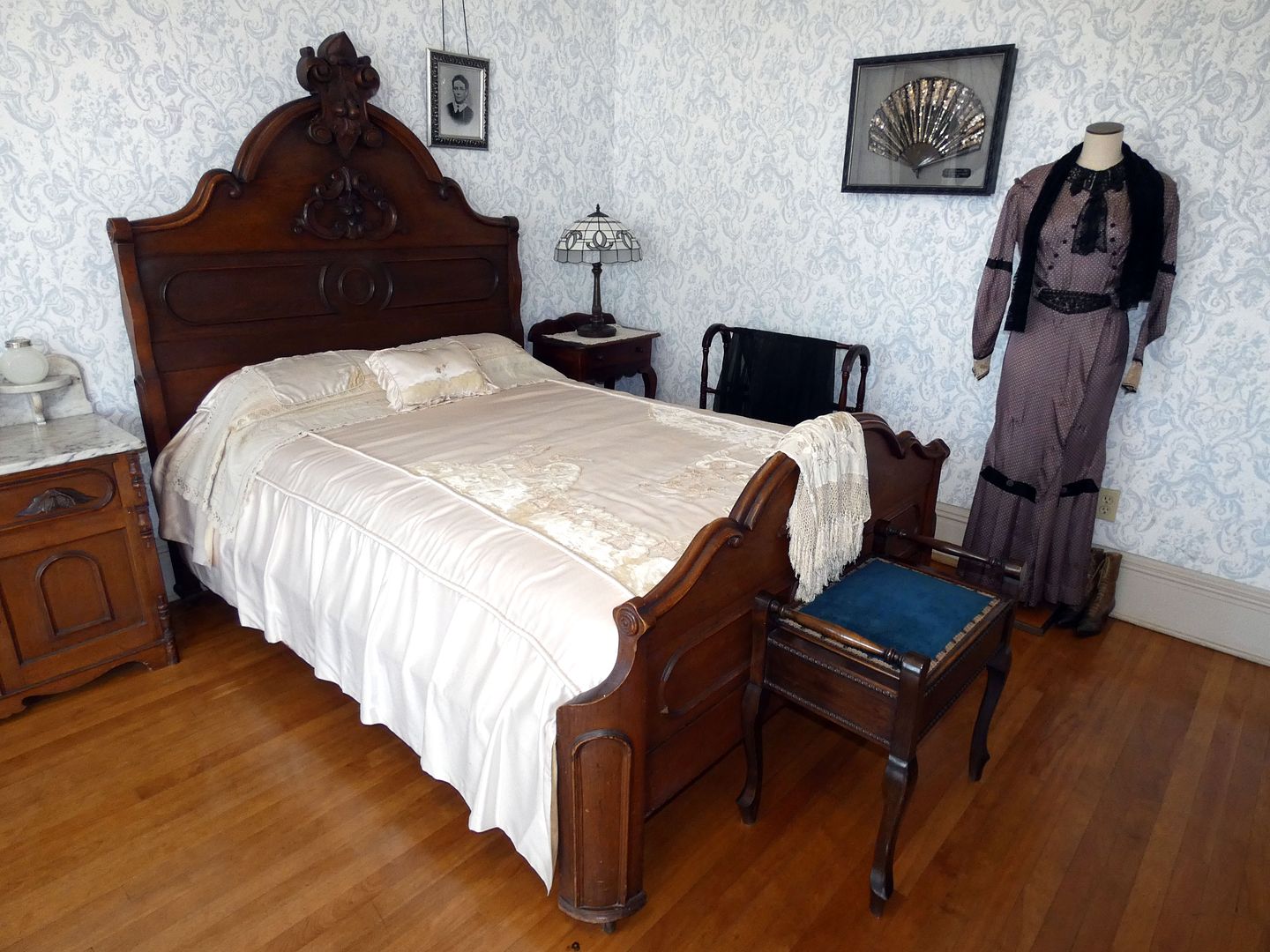

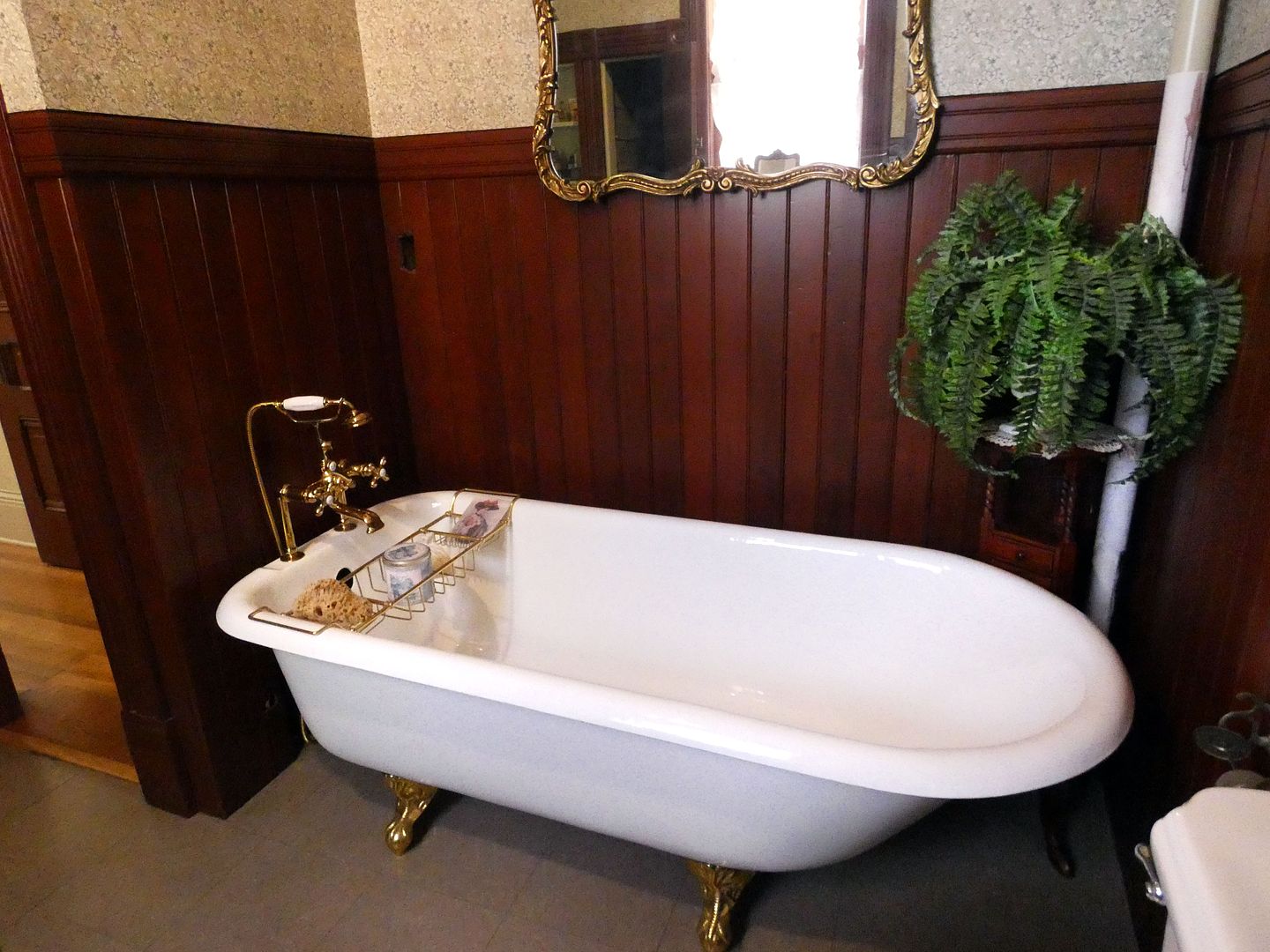
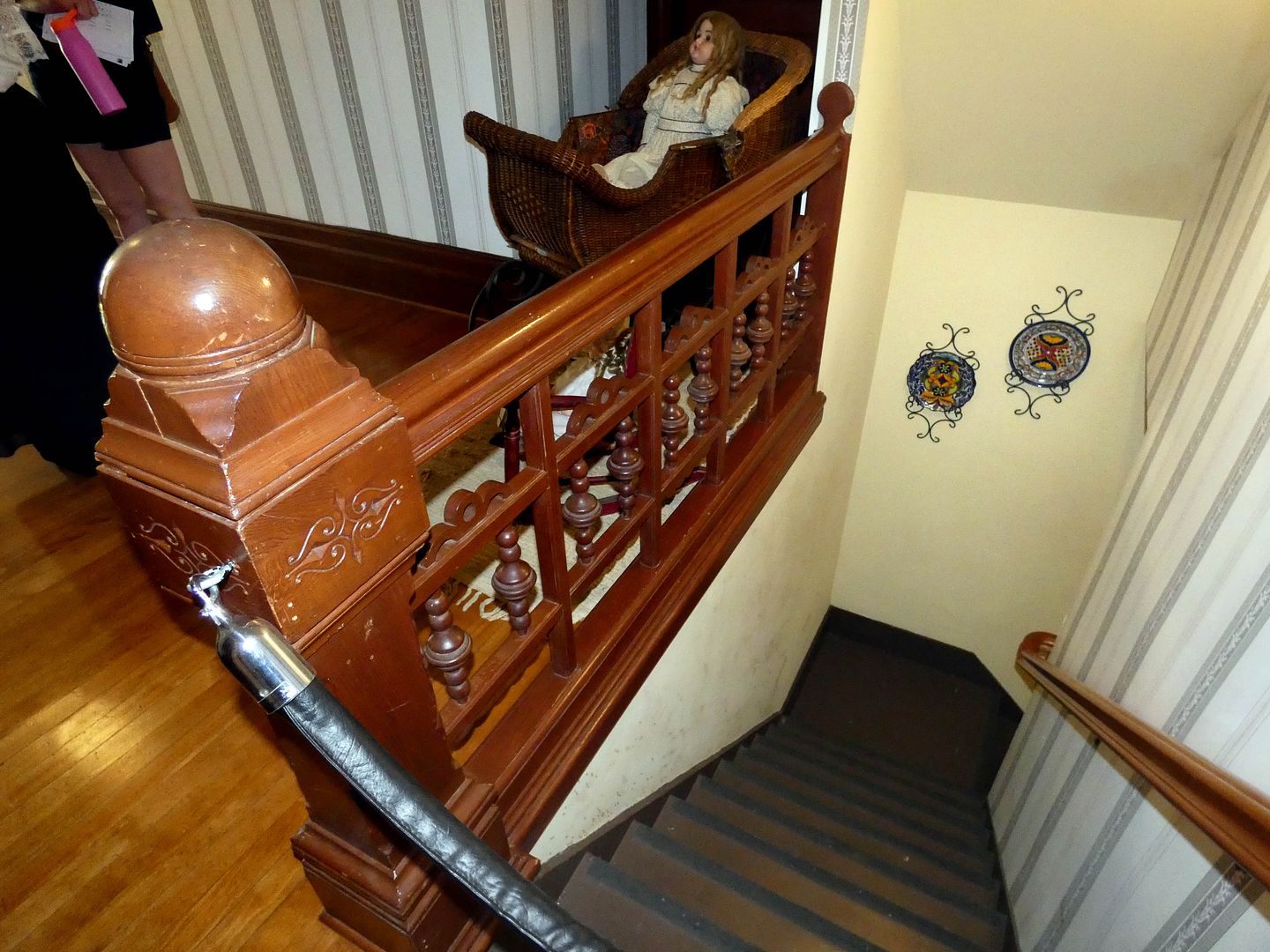

Also restored are the kitchen and pantry (or "Utility Room"), with its walk-in refrigerator (circa 1915)...

...and the breezeway that connects the "living" section from the "service" section of the house (probably constructed later than 1892).

The former ranch office is now used for historical exhibits.

The Lookout Balcony on the second floor gives a good view of the grounds (which have shrunken from 10,000 acres to 4.5 acres)...

...as well as of some of the finer details of the Queen Anne home itself, like the decorative dentils underneath the cornice...

...glass shards and stones embedded in stucco as an exterior decoration of the octagonal tower...

...and fish scale shingles, which were a hallmark of Victorian architecture.

Also upstairs, the restored historic hallway leads to the rooms where all seven Camarillo children—Carmen, Ave Maria (born Eva Susana), Rosa, Isabella ("Nunie"), and Adolfo Jr./Frank ("Pancho") being the only five who lived to adulthood—grew up.

In Carmen's former bedroom...

...you can still find her beloved riding hat...

...and the saddle she rode on in multiple parades.

In Ave Maria's bedroom, with its restored tower bay...

...there's a good example of one of the 84 door hinges that were meticulously removed, cleaned, refinished, and reinstalled by volunteers as part of the house's restoration.

Don Adolfo and his wife Isabel slept in their master bedroom until their deaths, respectively in 1958 and 1936.

During his lifetime, Adolfo donated parcels of his ranch land for the construction of both the railroad and a highway through what would become the City of Camarillo.

He was the last living landowner of his kind by the time of his passing, known affectionately as "The Last Spanish Don."

After his death, his descendants had to sell of more parcels of land piece by piece—and now the City of Camarillo owns the current ranch property and house, having established the Camarillo Ranch Foundation for the care and operation of the house museum.
It's now surrounded by an industrial park.
Want to see it circa 1990? Watch the Quantum Leap episode "The Leap Home, Pt. I - November 25, 1969."

No comments:
Post a Comment